Transforming your garden doesn’t have to drain your wallet. By embracing creativity and resourcefulness, you can craft beautiful raised beds that boost yield, simplify maintenance, and add visual charm—all without splurging on premium materials. Drawing from years of hands-on gardening and DIY experimentation, these ideas leverage everyday items and budget-friendly supplies to deliver sturdy, functional beds. Whether you’re working with tight space, limited funds, or unconventional materials, each concept here empowers you to nurture thriving plants with confidence. Dive into these 25 inexpensive raised garden bed ideas and discover how a small investment of time and imagination can yield big harvests in your own backyard.
1. Reclaimed Pallet Wood Planters
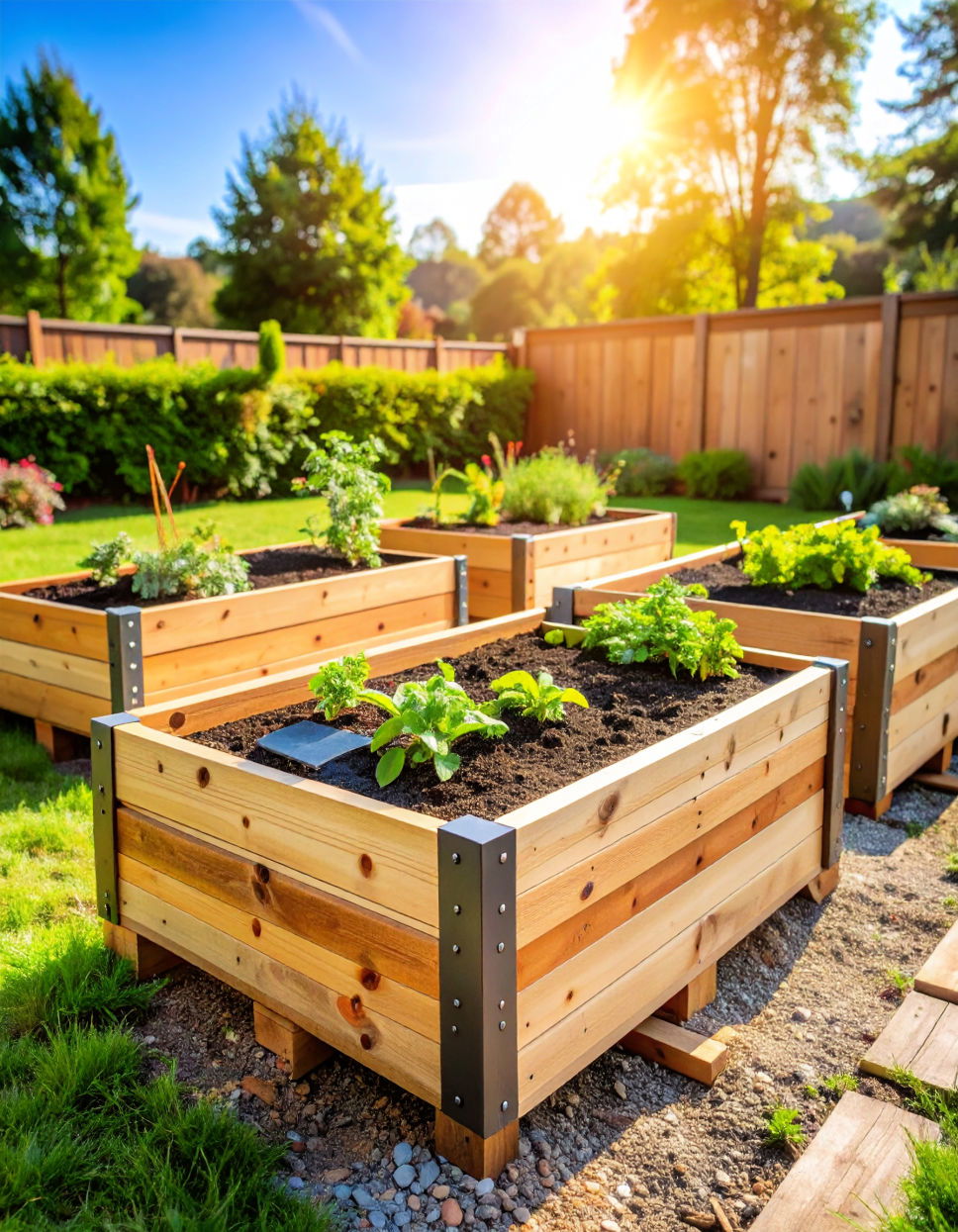
To transform old pallets into robust raised beds, start by selecting sturdy, heat-treated wood pallets free of chemicals. Pallet slats, once sanded and reinforced with scrap lumber, become durable borders that contain soil and roots without expensive boards. Secure slats together at right angles, lining the interior with landscape fabric to retain soil while allowing drainage. This approach rescues waste material, reduces costs, and imparts rustic charm. For extra stability, anchor corners with metal brackets. With this simple method, you’ll create eco-friendly planters that are both functional and visually appealing for under $20 each.
2. Cinder Block Vegetable Beds
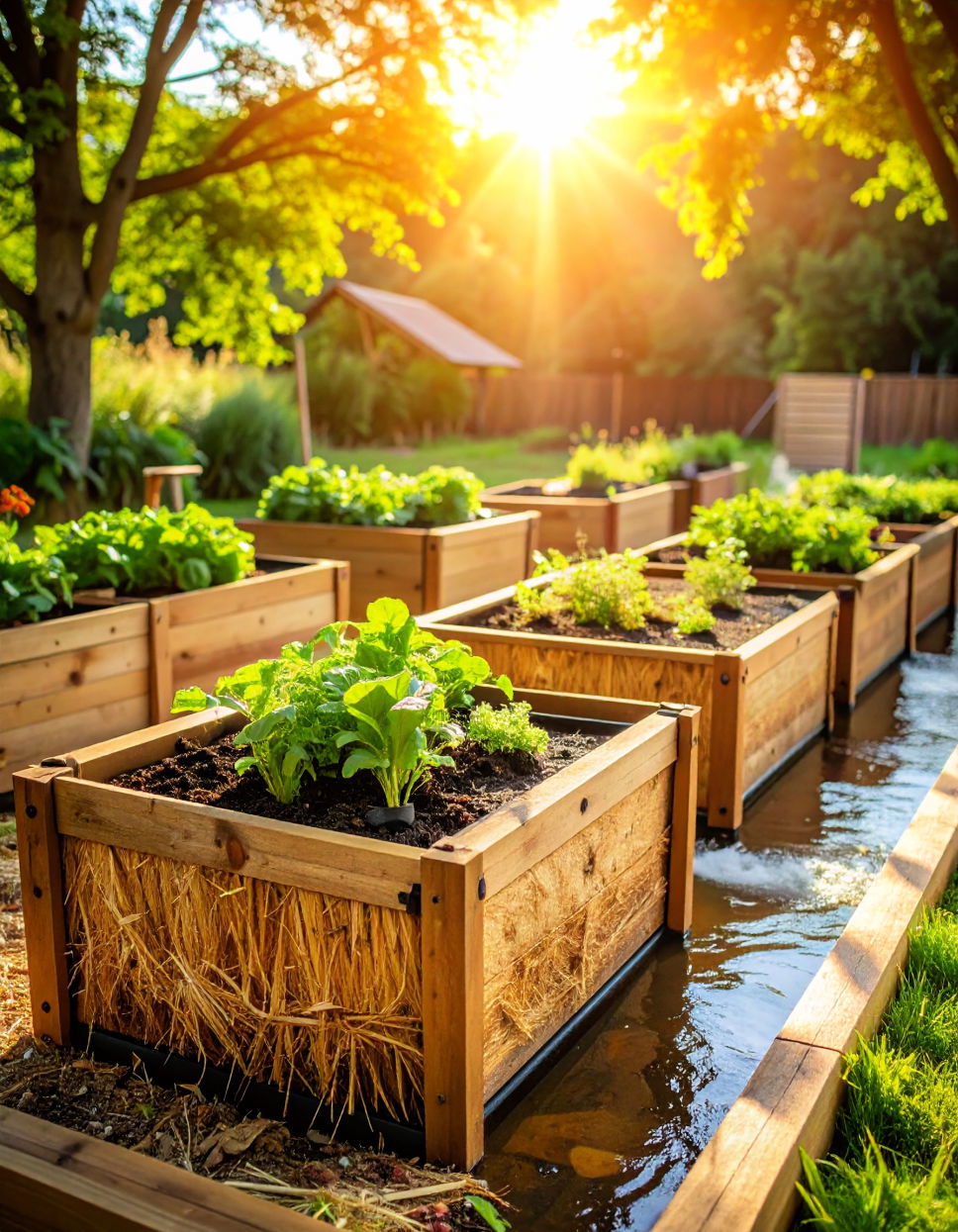
With hollow cinder blocks stacked in a rectangle, you gain a versatile raised bed that doubles as storage for small tools or additional planting pockets. Simply arrange blocks in two rows, fill cavities with soil or perlite mix, and seal seams with mortar if desired. Their thermal mass helps regulate soil temperature, benefiting heat-loving crops like tomatoes and peppers. This accessible solution requires only basic tools—so level the ground, stack blocks, and fill. You’ll enjoy a neat, modern look and the option to plant herbs in every pocket, maximizing space in compact gardens or patios.
3. Straw Bale Growing System
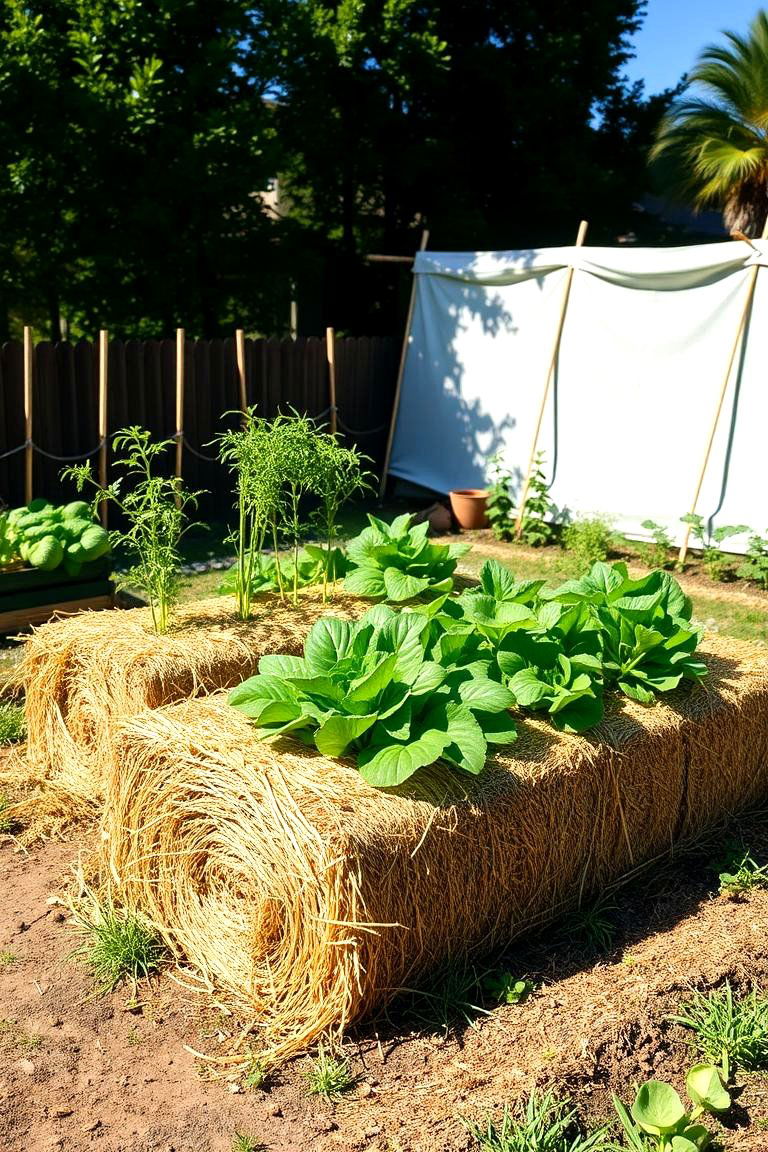
For a truly no-excavation raised bed, line up straw bales on level ground and condition them with a nitrogen-rich water solution for two weeks before planting. Over time, the bale decomposes into nutrient-rich compost while supporting root growth on top. Straw bales heat up from microbial activity, extending your growing season for early spring starts. Position bales in sunlit areas, space them according to crop needs, and water regularly. You’ll harvest fresh greens without building cages or frames, and when the season ends, the bale remnants enrich your soil—an effortless, low-cost bed that recycles itself.
4. Repurposed Wine Barrel Halves
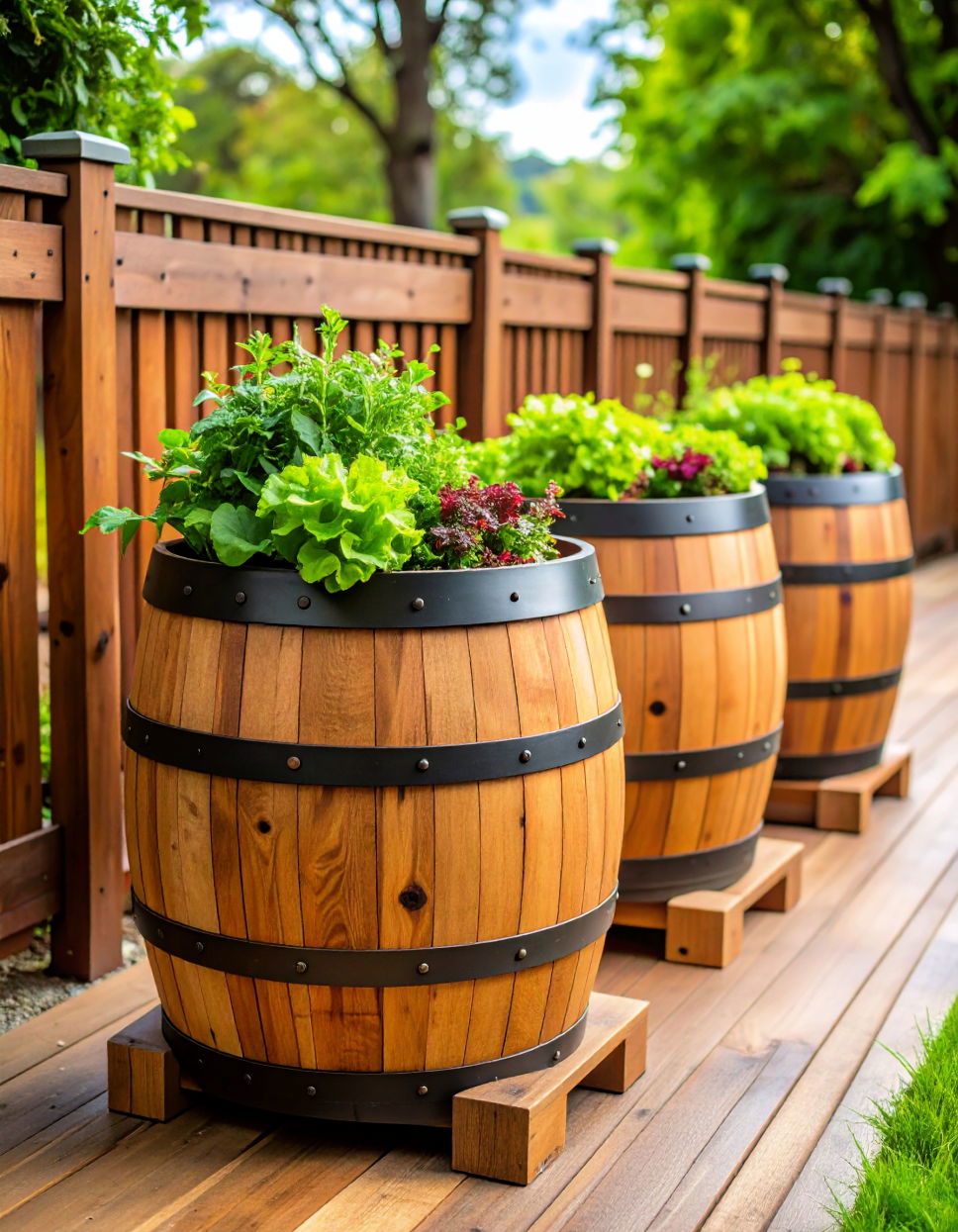
By sawing wine barrels in half, you create charming semicircular planters perfect for herbs or small ornamentals. These wooden beds offer natural insulation and appealing patina, fitting perfectly along fences or walkways. Drill drainage holes and raise the halves on blocks for airflow underneath. Fill with well-draining mix, plant shallow-rooted vegetables like lettuce, and water carefully to avoid rot. Barrels often cost under $30 at local suppliers or vintner’s outlets. This idea combines elegant style with budget mindfulness, proving that reclaimed materials can elevate your garden’s aesthetic without emptying your wallet.
5. Galvanized Trough Containers
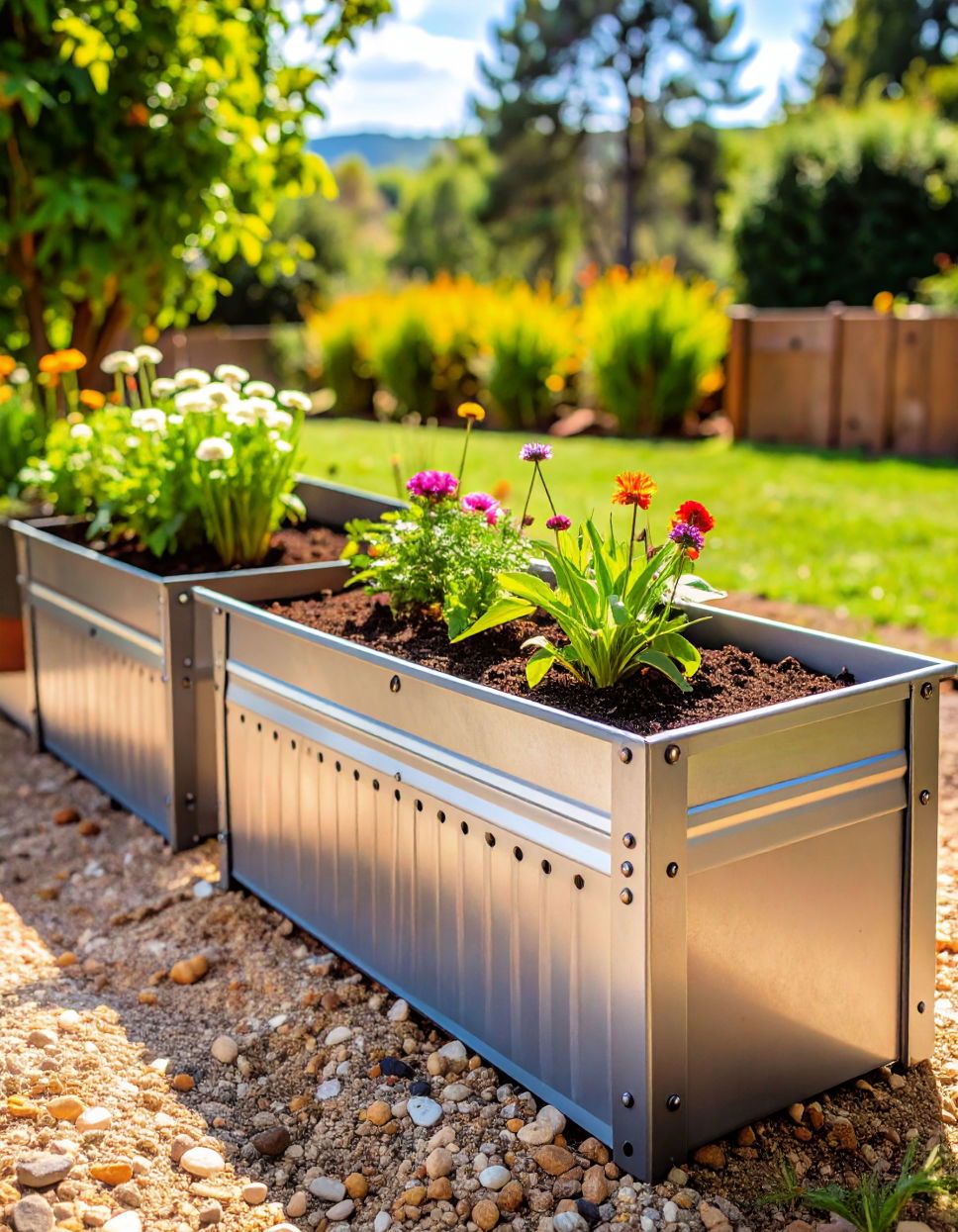
Surprisingly, livestock watering troughs make excellent raised beds when cleaned and repurposed. These galvanized steel tubs withstand weather and resist pests. Position troughs in sunny spots, punch additional drainage holes, then fill halfway with filler (branches or stones) to reduce soil use and weight. Top off with quality compost mix, and you’ve got a sleek, modern planter ready for root crops or cascading flowers. Though a new trough might run around $50, used versions often appear online for less. This durable solution offers an industrial chic accent and years of hassle-free gardening.
6. Wooden Crate Stack Gardens
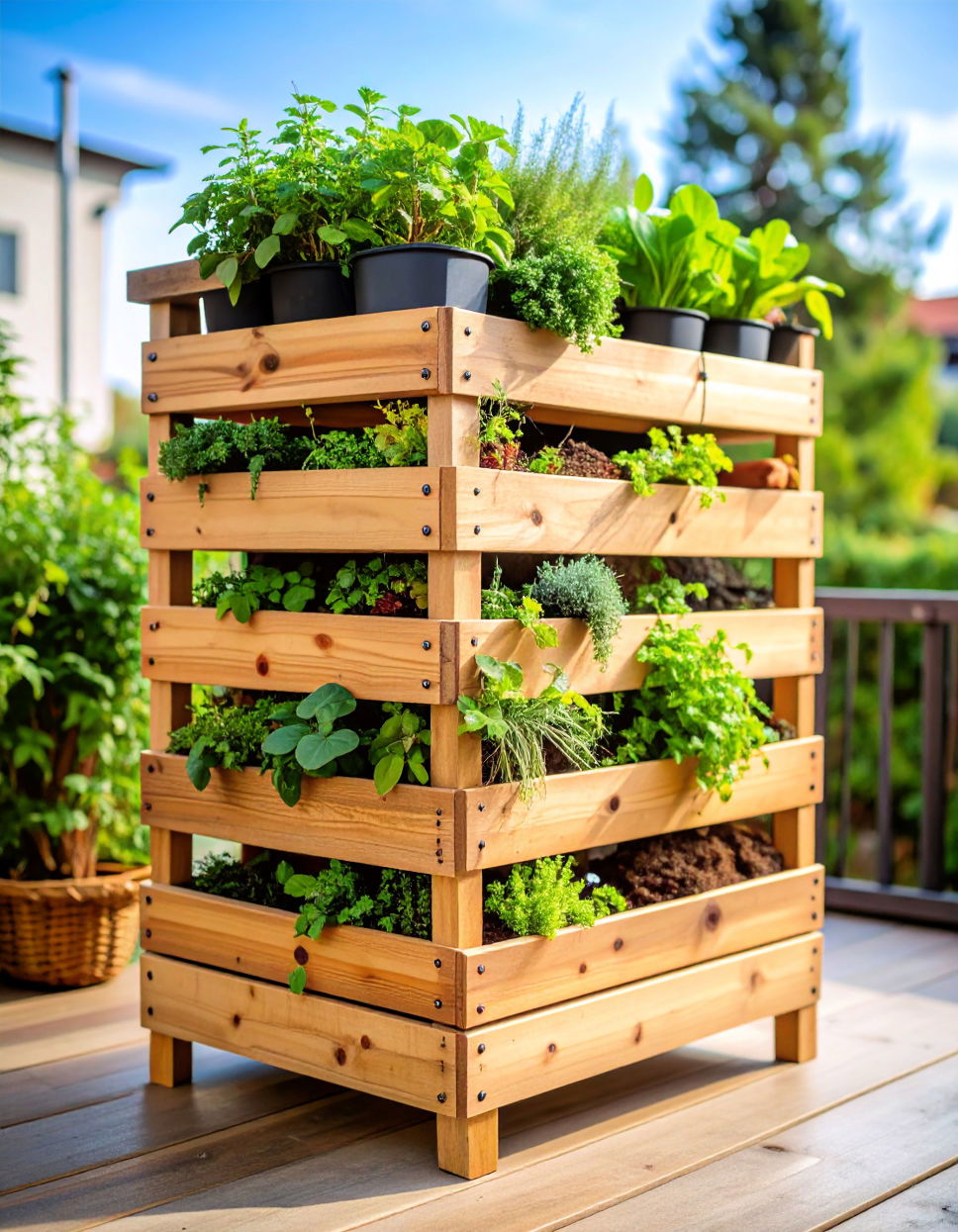
For an affordable vertical raised bed, stack sturdy wooden crates or shipping boxes, securing them with zip ties or brackets. As you layer upwards, fill each crate with lightweight potting soil and plant fast-growing herbs or trailing vines. This approach recycles crates you might find free or cheap, and lets you adjust the height to your comfort level. Ensure even sun exposure by rotating the stack occasionally. The result is a space-saving tower that’s perfect for balconies, decks, or small yards. Plus, when you harvest from each level, you maintain a tidy, accessible garden zone.
7. Fabric Grow Bag Beds
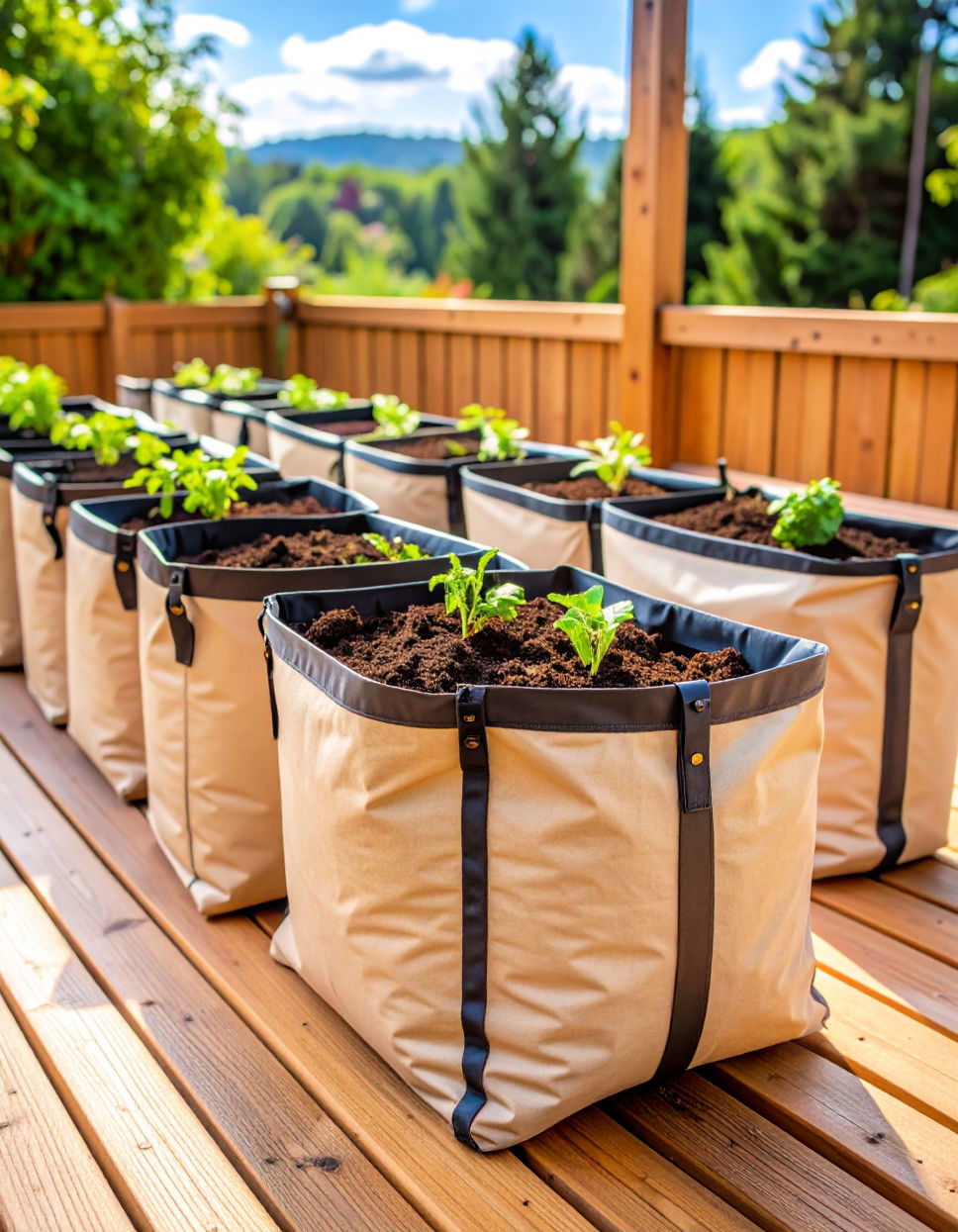
One of the simplest, most portable options is using heavy-duty fabric grow bags. Available in bulk at garden centers, these breathable containers encourage air pruning of roots and prevent overwatering. Place bags on level ground or decking, fill with a custom soil blend, and arrange in rows. The soft sides allow you to tuck irrigation lines inside or fold down edges for shallow planting. When seasons change, you can relocate beds or store them easily. For less than $5 per bag, you’ll gain flexibility, excellent drainage, and a lightweight solution that even beginners find effortless to manage.
8. Concrete Block Staggered Steps
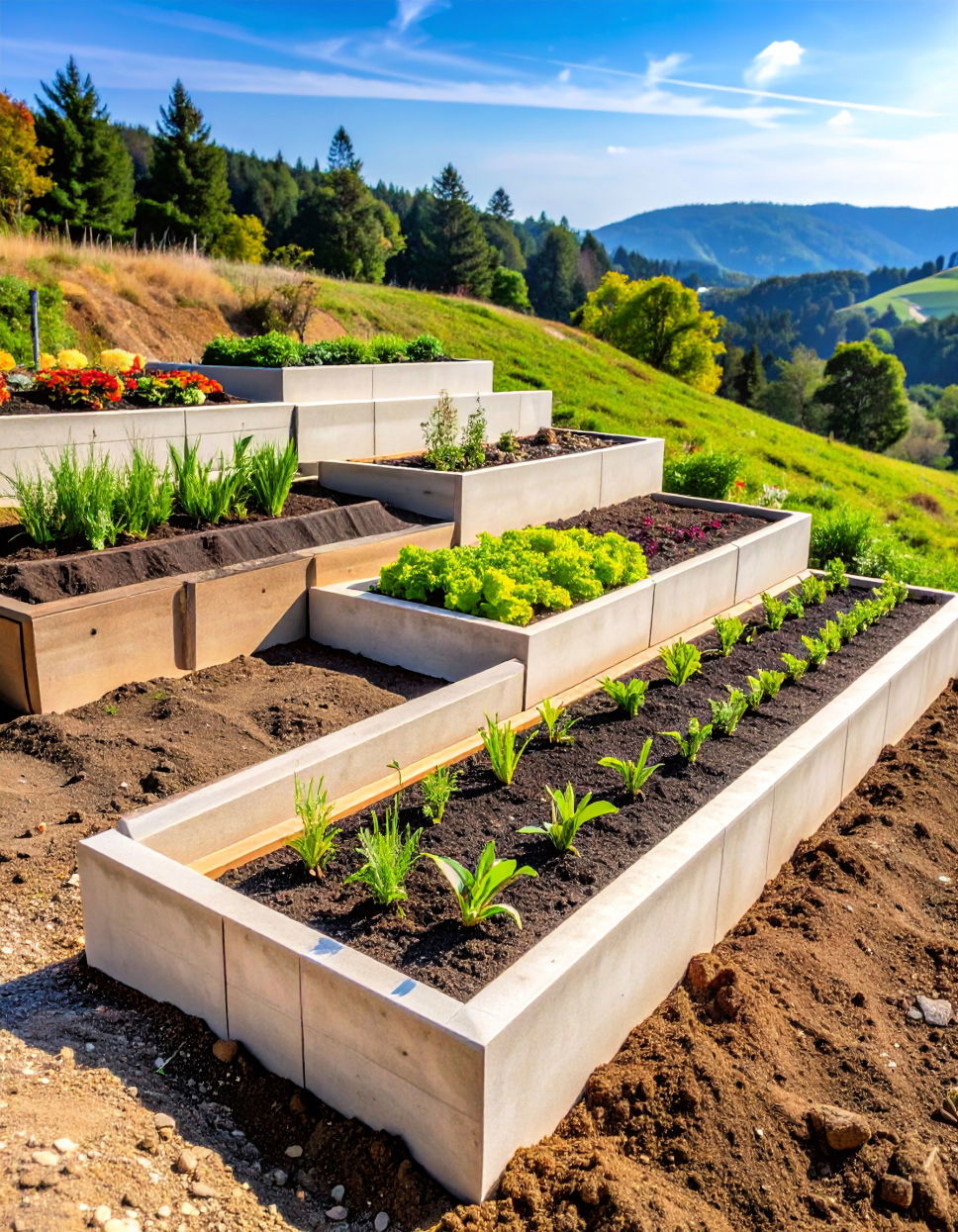
Taking inspiration from tiered beds, arrange concrete blocks in a staircase pattern to create a sloped garden feature. Each level can host different crops—greens on top, root vegetables below—optimizing sunlight and gravity-fed irrigation. Secure blocks with adhesive or rebar if needed, then line cavities with landscape fabric. Fill with nutrient-rich soil and garden compost. This strategy not only maximizes planting area on slopes but also adds architectural interest. Since blocks cost roughly $1–$2 each, you’ll invest under $50 for a dynamic multi-tiered bed that elevates both form and function.
9. Salvaged Window Frame Cold Frame
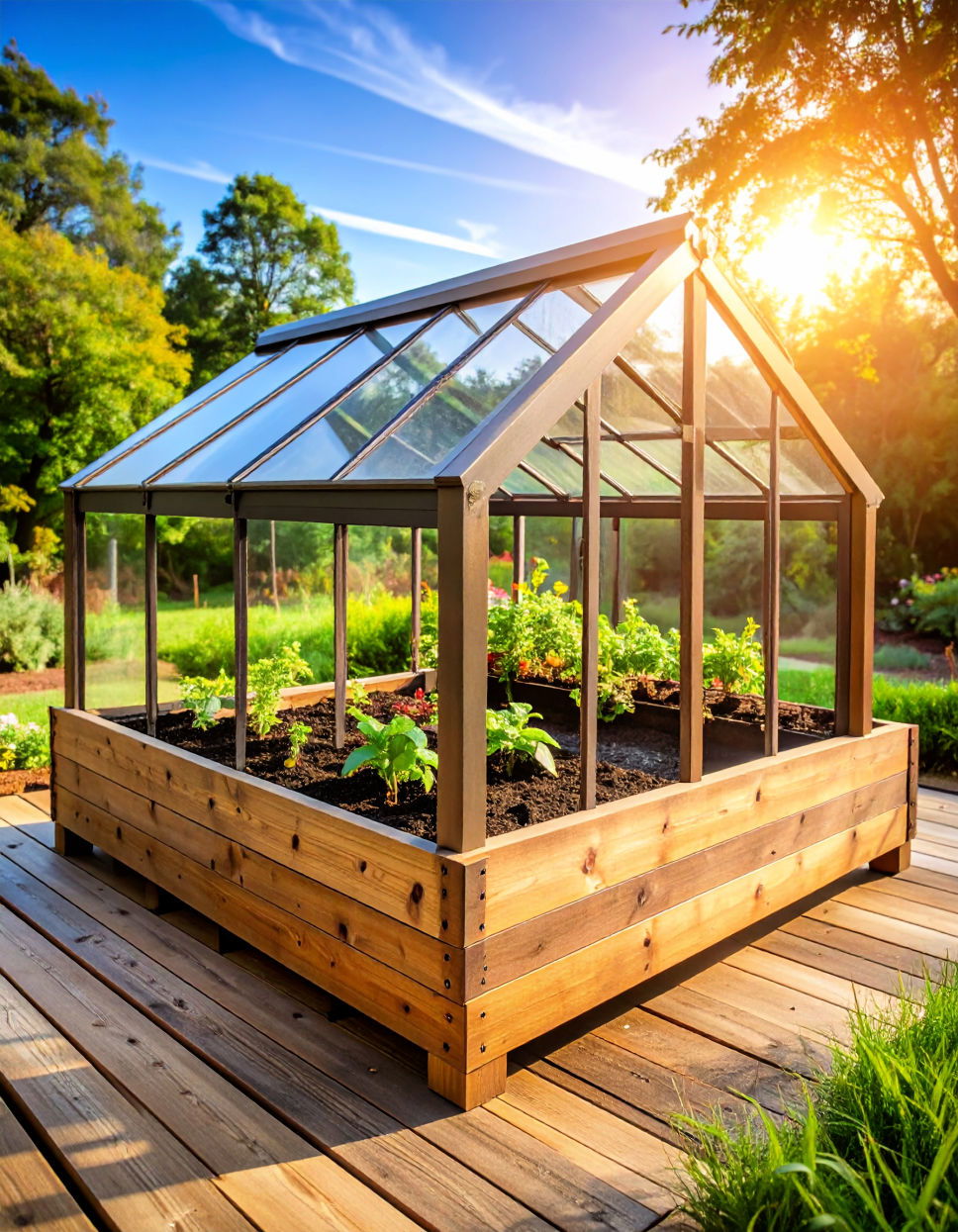
To extend your growing season, repurpose old window frames into cold-frame raised beds. Build a shallow wooden box, hinge the glass frame on top, and angle it towards the sun. This mini-greenhouse traps heat for seedlings or cool-tolerant crops, and doubles as a raised bed when panels are open. Line the interior with insulation boards, ensure drainage, and add soil. You’ll protect plants from frost and pests while still enjoying easy access. With reclaimed windows often available for free, this idea delivers significant seasonal benefits at minimal cost, perfect for gardeners keen to stretch their harvest window.
10. Pallet Vertical Herb Wall
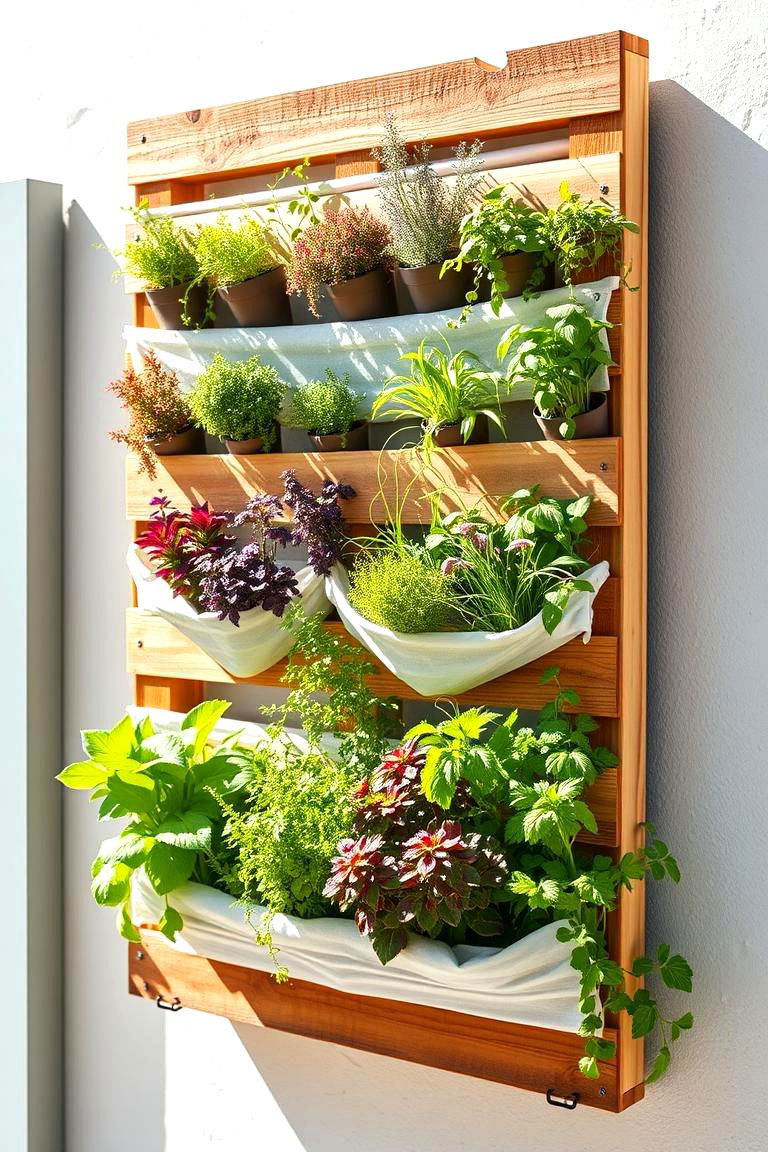
Another way to use pallets is by creating a vertical herb garden. Secure a pallet upright, attach landscaping fabric to the back and bottom, then fill each slat space with soil. Plant a variety of herbs—basil, mint, thyme—and hang the pallet where it receives morning sun. Water from the top to let gravity distribute moisture. This living wall conserves floor space, adds greenery to fences or balconies, and offers fresh sprigs at arm’s reach. Costing under $15 in materials, it’s a quick, eye-catching solution that transforms bland surfaces into fragrant, edible décor.
11. PVC Frame Elevated Beds
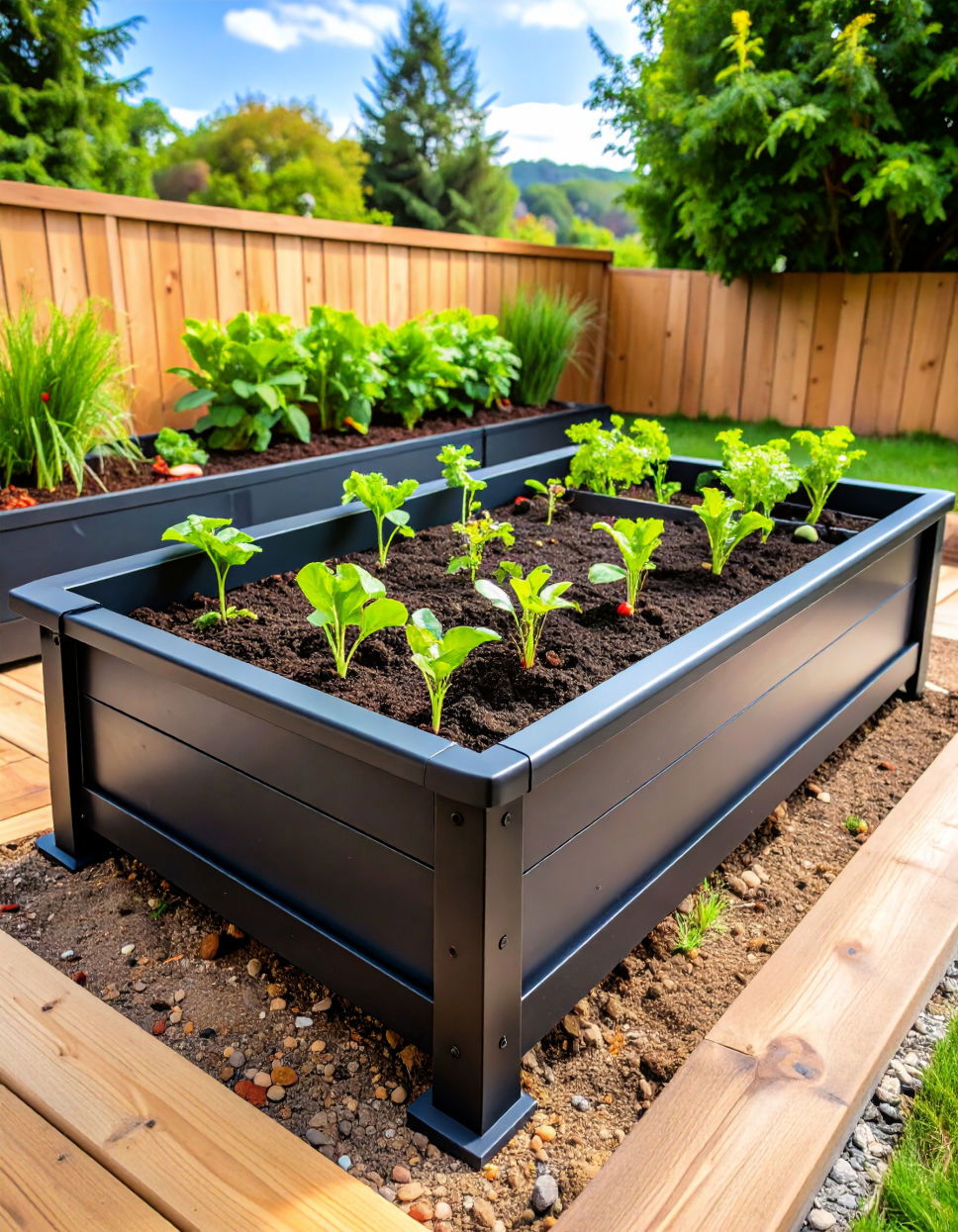
With inexpensive PVC pipes and connectors, you can build custom-sized raised frames that are both lightweight and waterproof. Cut pipes to desired lengths, join with elbow and T-connectors, and wrap the frame with heavy-duty plastic sheeting or pond liner. Anchor to the ground with stakes, fill with soil mix, and plant vegetables or flowers. PVC beds are easy to disassemble for winter storage, and you can adjust dimensions to fit odd-shaped spaces. Total material costs are often below $30. This modular system encourages experimentation and provides a clean, modern look for minimal investment.
12. Stacked Wine Crate Planters
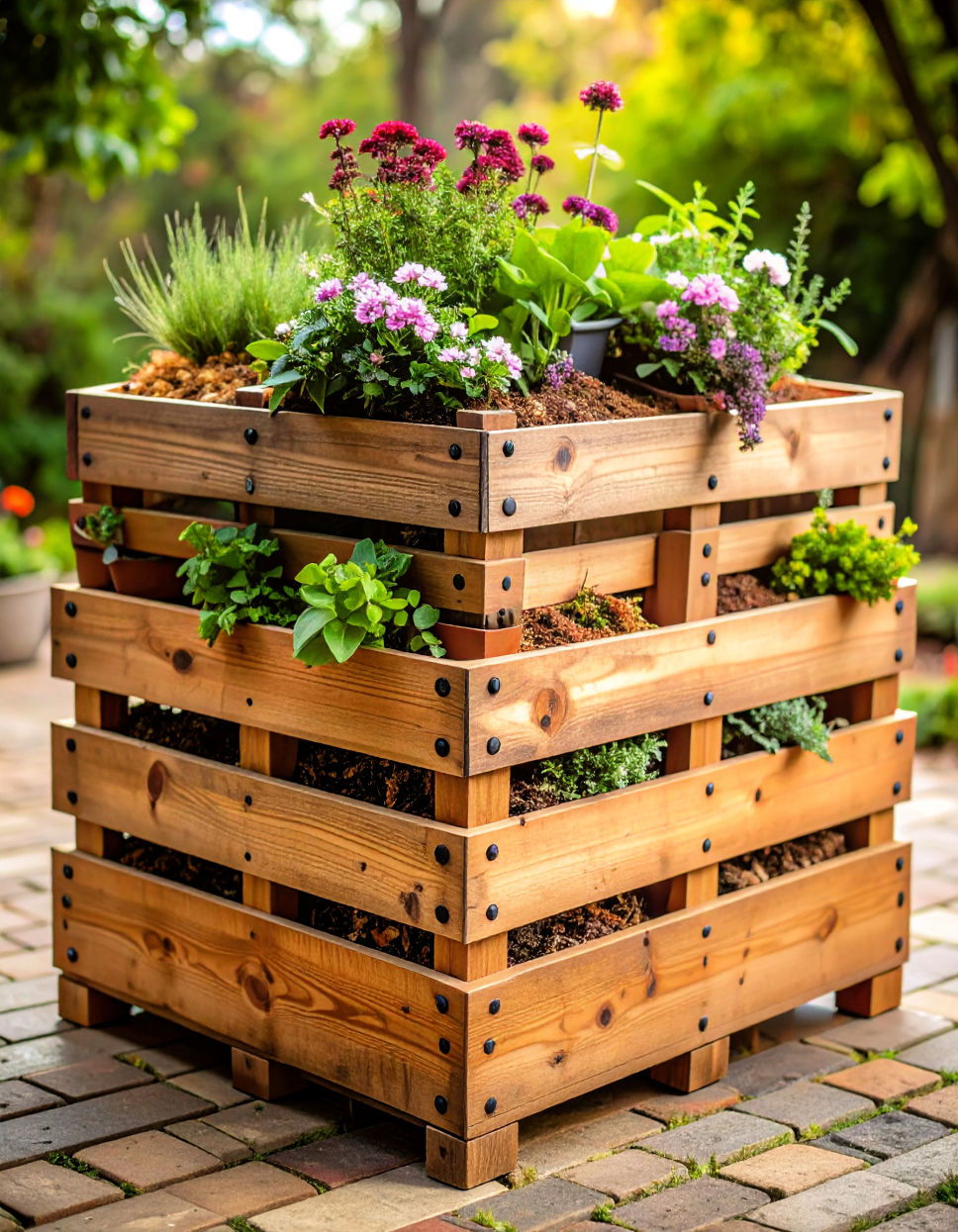
Looking for a charming rustic touch? Stack used wine crates in a brick pattern, securing with screws or brackets. Each crate becomes a mini-bed for herbs, succulents, or annual flowers. Line the interiors with coco coir to retain moisture, and ensure proper drainage. This method recycles attractive packaging and lets you build beds tailored to your space—horizontal or vertical. At a few dollars per crate, you can create an engaging installation that doubles as eye candy. With every new shipment of plants, rearrange crates to refresh the display and keep your garden dynamic.
13. Pallet and Corrugated Iron Combo
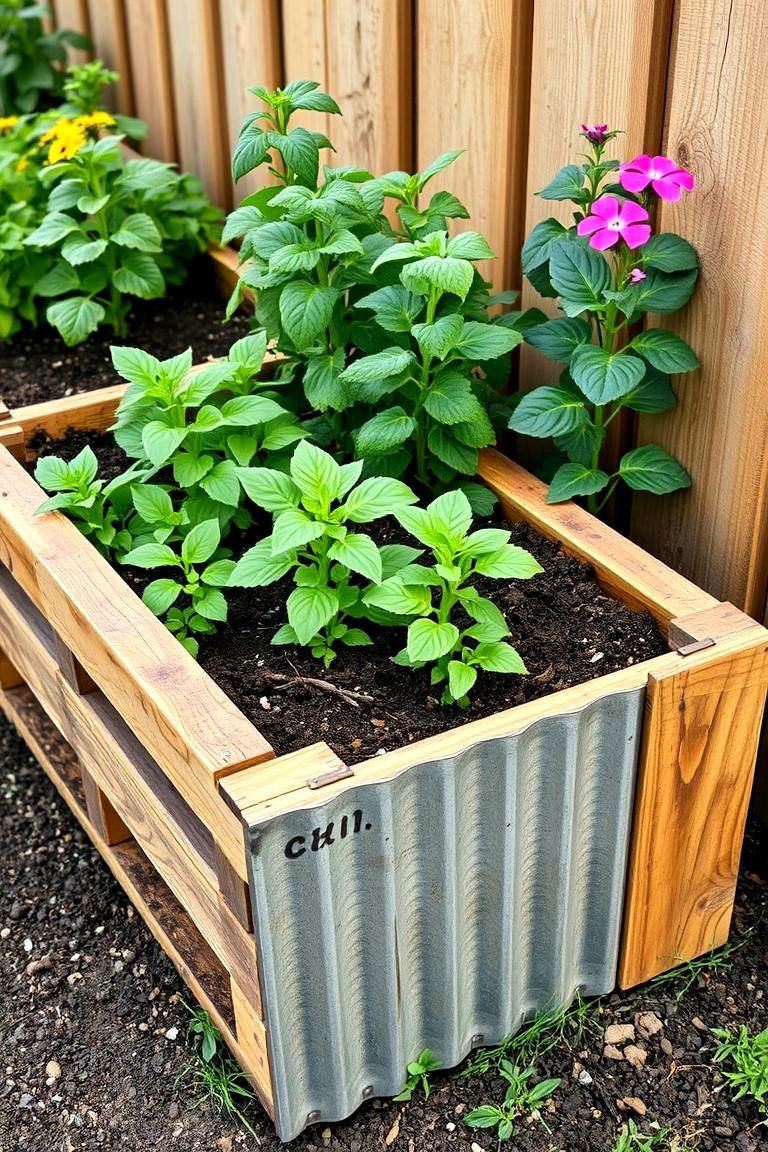
To craft a durable raised bed with industrial flair, combine pallet wood sides with a corrugated metal sheet base. Nail boards to frame uprights, attach iron panels on the interior, and seal edges with caulk. The metal adds structural strength and prevents wood rot. Fill with a mix of topsoil and compost, then plant heavy feeders like squash or cucumbers. This hybrid design offers longevity, attractive contrast, and protection from burrowing pests. Though sheet metal might cost $20–$30, using pallets for framing keeps overall expense under $50, giving you a long-lasting, stylish bed.
14. Earth Berm Raised Mound
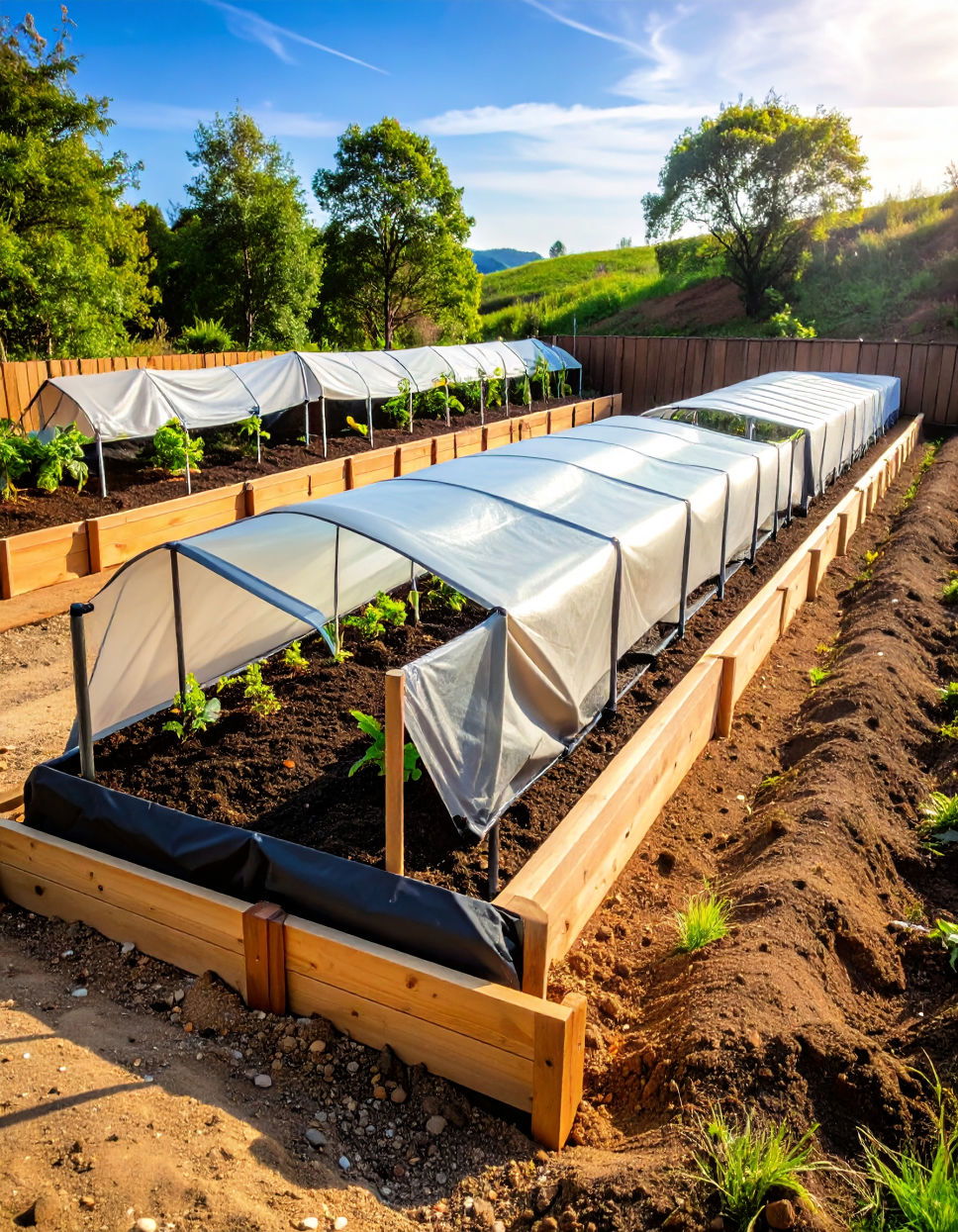
Instead of building walls, shape soil into a raised berm bed by piling and compacting earth into long, gently sloping rows. Cover with landscape fabric to suppress weeds, secure edges with stakes, and top with a rich soil blend. Berm beds warm quickly in spring, drain well, and can be configured to follow your garden’s contour. Plant root crops and heat-loving annuals on sun-facing slopes for optimal growth. Since you’re repurposing existing soil, material costs are negligible. This low-tech approach integrates seamlessly into natural landscapes and reduces the need for imported materials.
15. Tire Tower Gardens
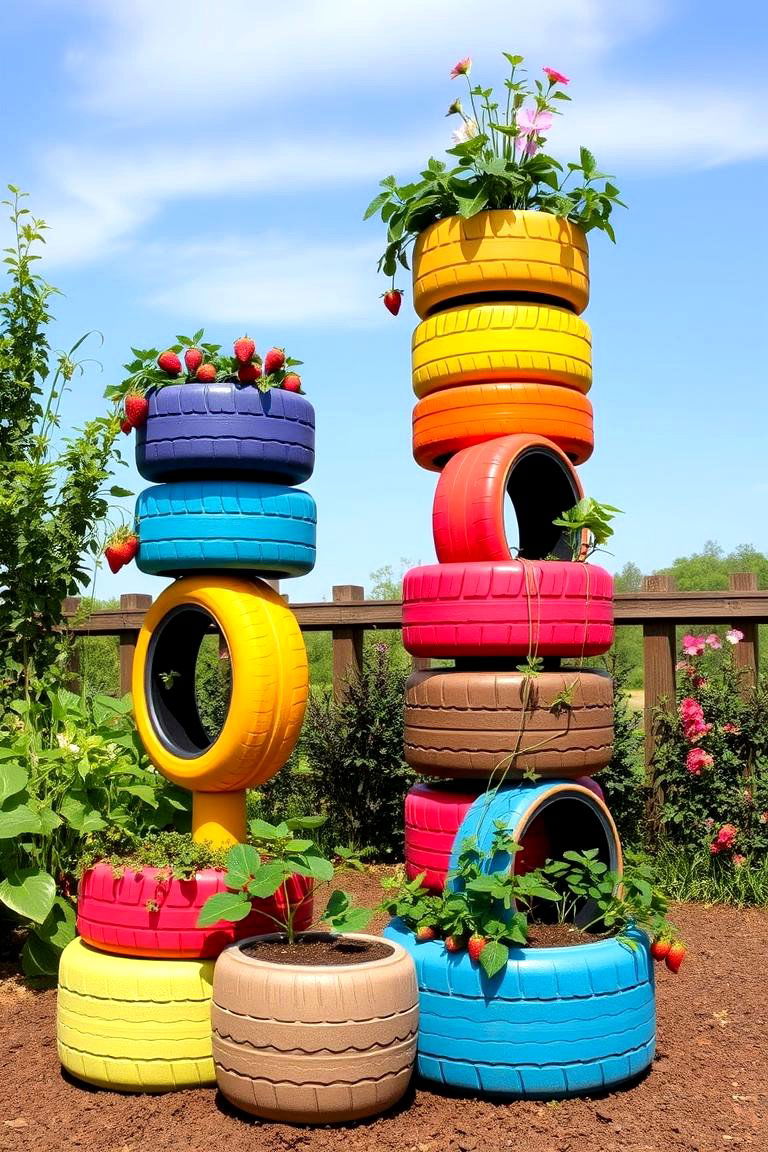
By stacking old tires filled with soil, you create tall, self-watering planters ideal for strawberries or trailing flowers. Paint tires for UV protection and visual appeal, then slot them around a central stake for stability. Each tire ring becomes a separate planting zone—just layer potting mix and compost. Water from the top, letting excess drain through bottom holes. This vertical setup maximizes yield per square foot, keeps your back comfortable during harvest, and gives new life to discarded rubber. With free tires and basic paint supplies, you’ll spend under $20 for a whimsical, productive bed.
16. Repurposed Cedar Fence Bed
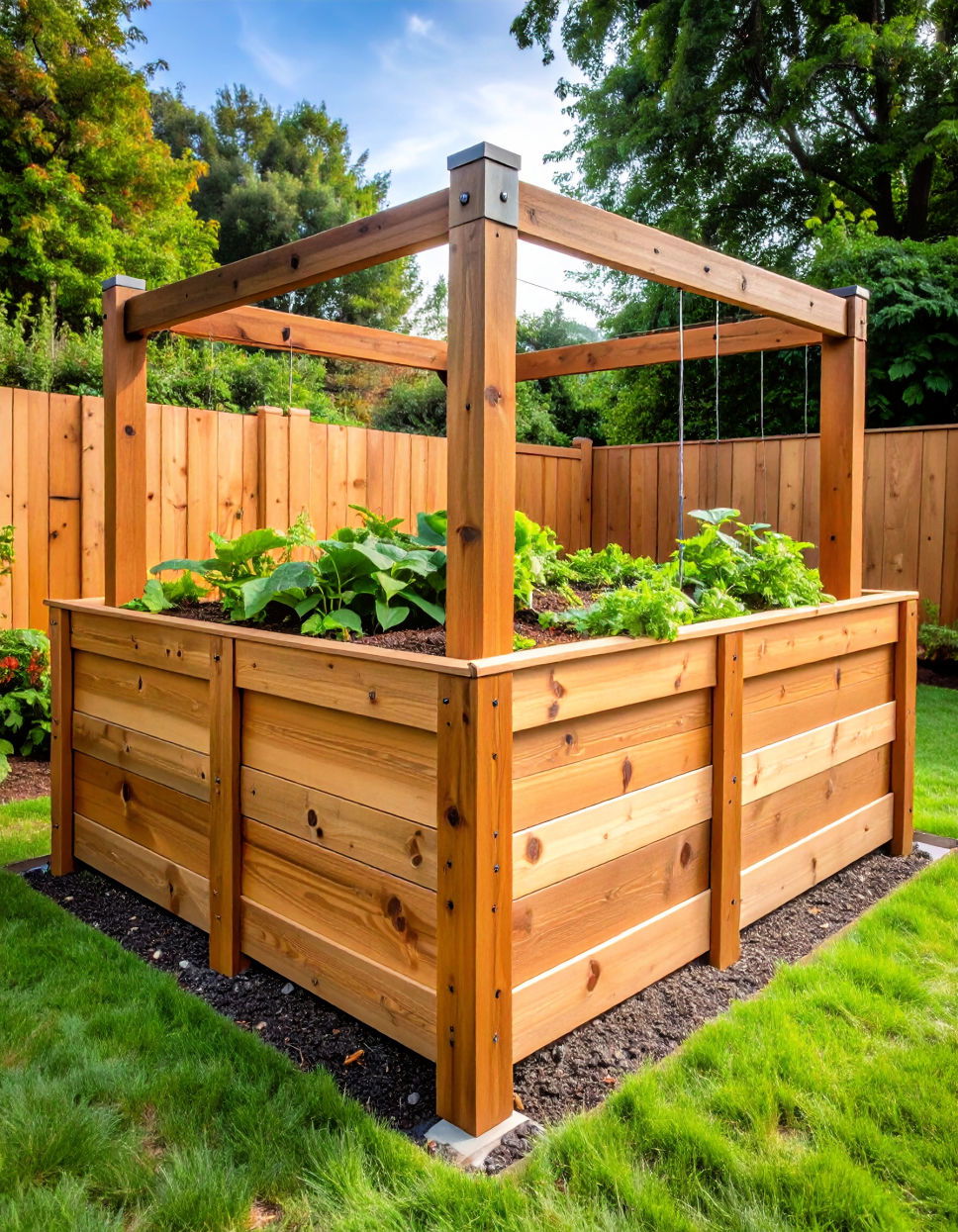
Unearthed fence boards often make excellent raised bed walls. Cut cedar planks to length, screw into corner posts, and line with geotextile fabric to prevent soil loss. Cedar’s natural oils resist decay, giving you a maintenance-free structure for years. Customize height to reduce bending, and add a simple crossbar for trellising climbing beans. The warm tones of cedar complement foliage colors, enhancing garden aesthetics. If you sourced leftover fence boards or end-of-run cedar planks, material costs remain low. This classic solution balances durability with DIY ease for gardeners of all levels.
17. Galvanized Gutter Growers
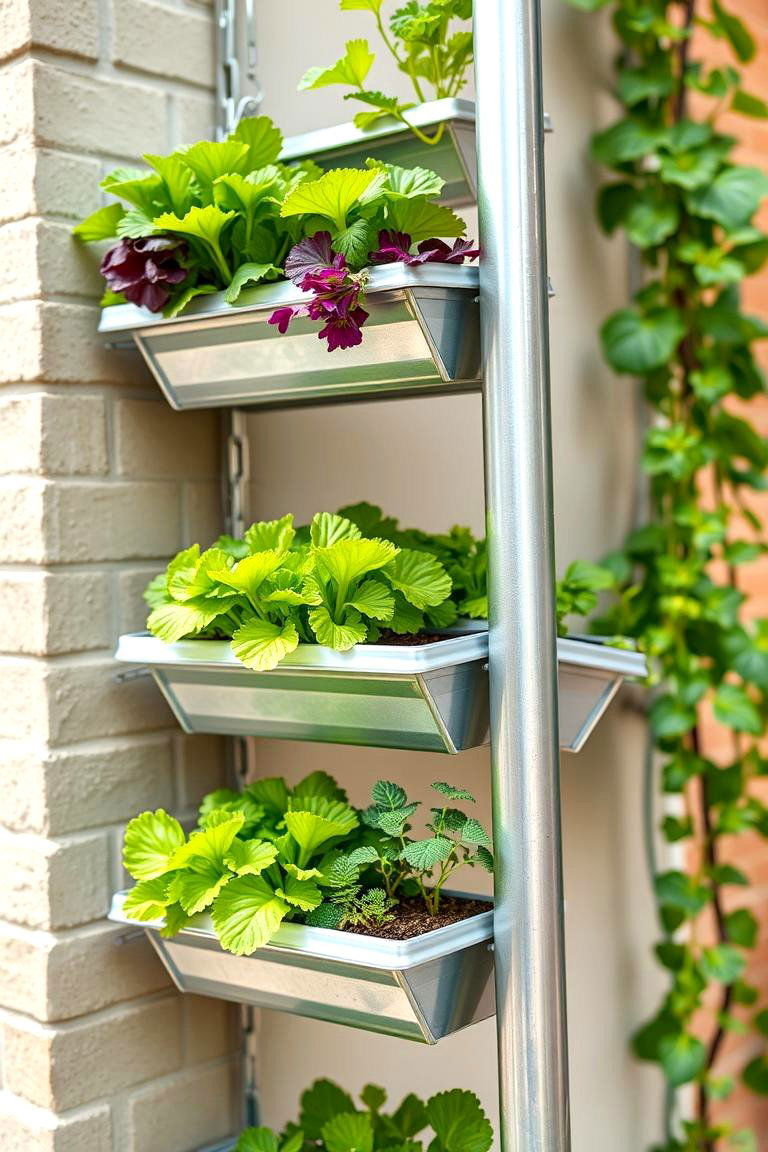
To cultivate lettuces and herbs in narrow spaces, mount galvanized gutters on a fence or wall, securing with brackets. Fill with lightweight soil and plant seedlings in evenly spaced holes. Gutter beds drain well and occupy minimal real estate. Ideal for balconies or sun-lit walls, this system brings fresh greens within easy reach of the kitchen. Gutter sections cost under $10 each, and you can interconnect them for longer runs. By elevating plants, you avoid ground pests and improve access. This clever use of stormwater hardware proves that inexpensive materials can become elegant garden solutions.
18. Stackable Modular Blocks
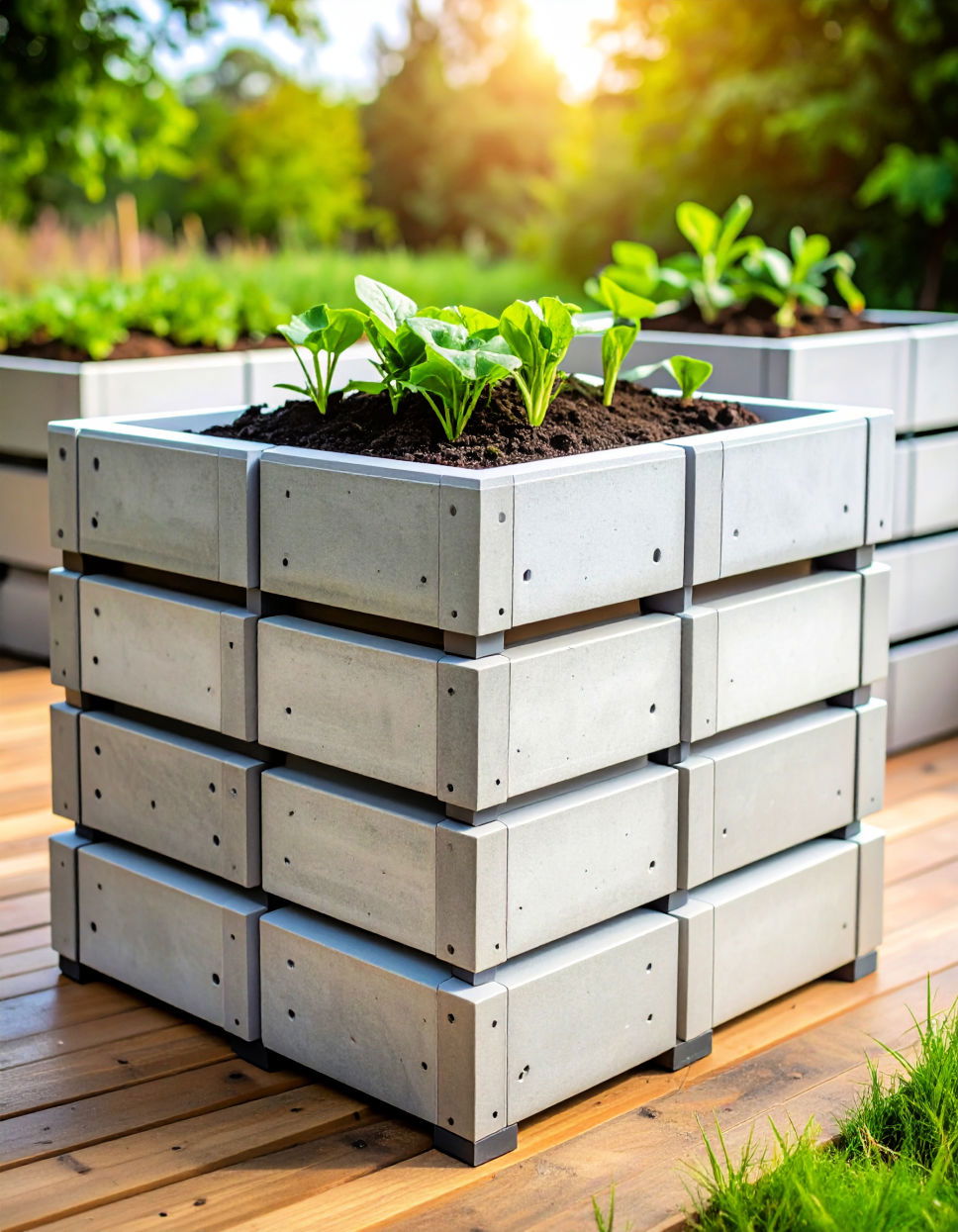
Using interlocking modular concrete or plastic blocks, you can configure raised beds of any shape or size without mortar. Simply stack according to package instructions, filling as you go. Their built-in lip ensures stability, while cavities allow for separate planting spots or support add-on accessories like shelves. When unfinished or relocated, you can disassemble and rebuild elsewhere. Though an initial kit might cost $100, it covers extensive linear footage. By shopping sales or second-hand sources, you’ll reduce expenses. This adaptable system is ideal for those seeking both form and function in their raised garden designs.
19. No-Dig Lasagna Bed
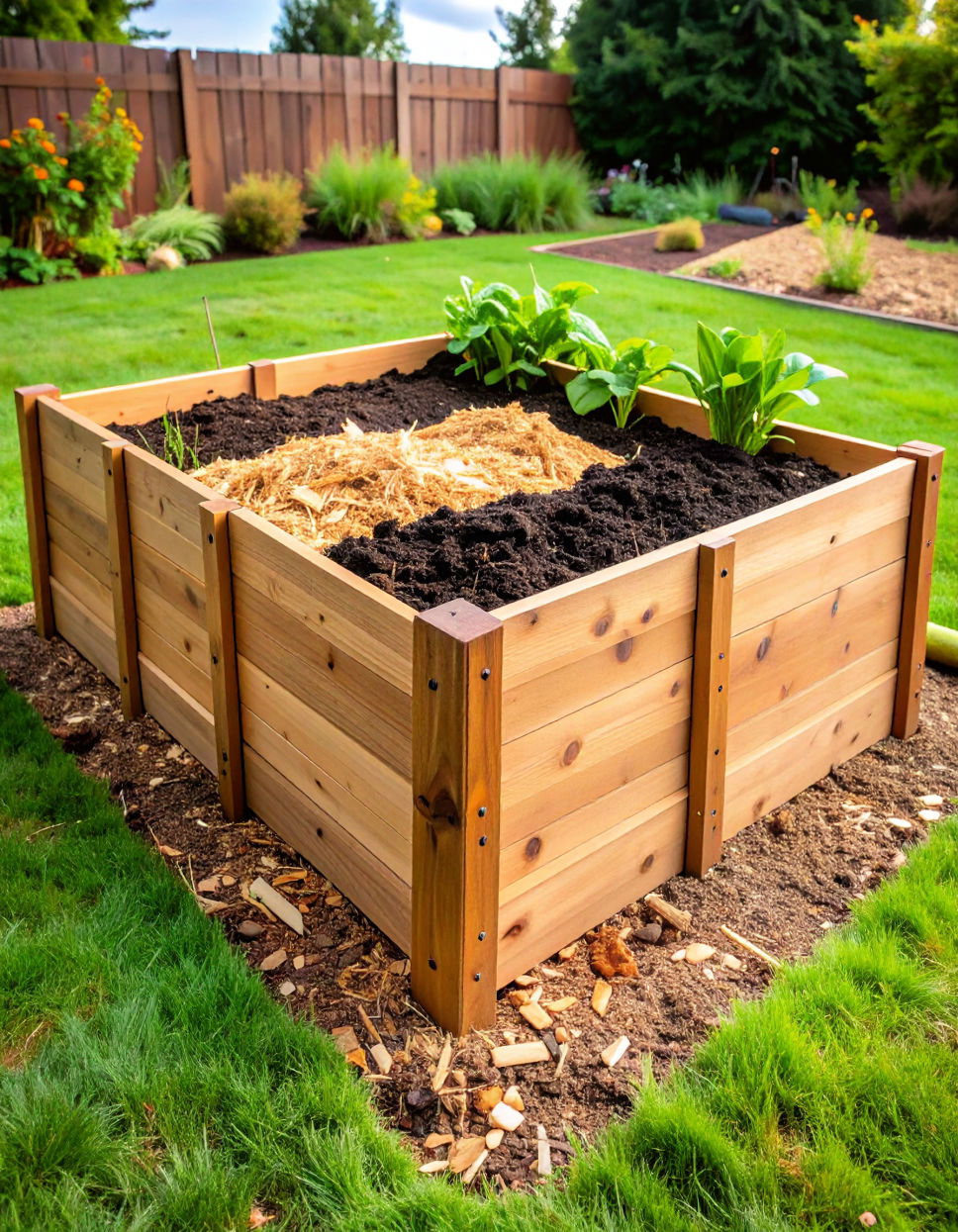
Rather than building a frame, layer cardboard, compost, grass clippings, and straw directly on the lawn to form a nutrient-rich raised bed. Over weeks, these organic layers break down into friable soil. Border the lasagna bed with simple stakes or logs to keep edges tidy. This no-dig method preserves soil structure and earthworms, saving effort and costs on lumber. You’ll only need materials you likely already have on-hand or can source for free. After decomposition, plant seedlings directly into the bed and watch vegetables thrive in soil teeming with beneficial organisms—an eco-friendly solution for minimal spend.
20. Wheelbarrow Planter

For ultimate mobility, convert an old wheelbarrow into a raised garden bed. Line the tub with pond liner, drill drainage holes, then fill with potting mix. The wheel and handles let you reposition plants for seasonal light or protection. It’s perfect for small spaces and container gardening enthusiasts. Fill corners with tall plants like Swiss chard and use the front slope for cascading petunias. This portable planter costs virtually nothing if you repurpose a broken wheelbarrow frame. With easy access to all sides, you’ll simplify tasks like weeding and harvesting, making gardening a breeze.
21. Hanging Bucket Gardens
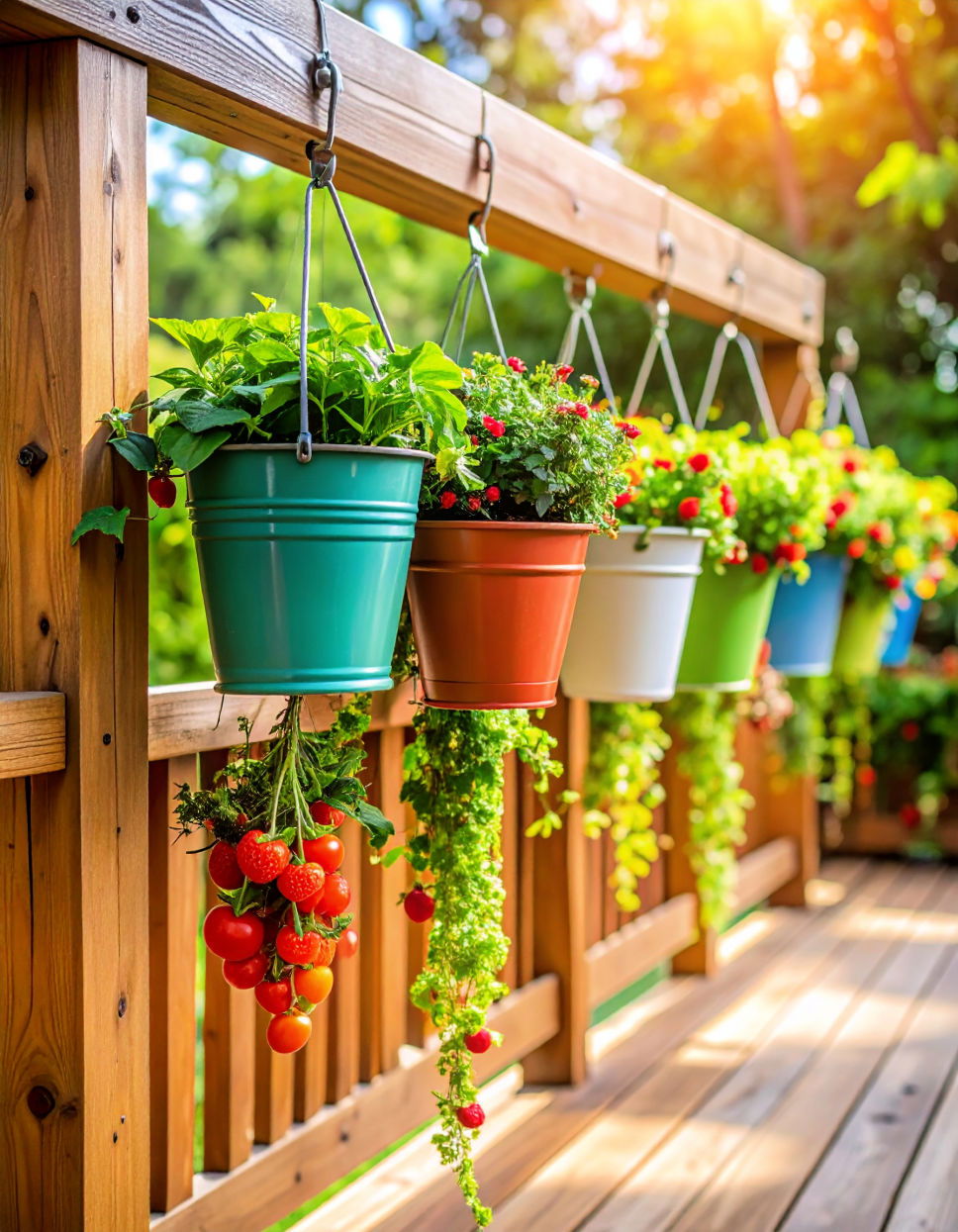
To add vertical interest and save ground space, hang repurposed buckets or metal pails from sturdy overhead supports or deck railings. Drill drainage holes, attach S-hooks to handles, and fill with lightweight mix. Bucket gardens work well for trailing strawberries, cherry tomatoes, or herbs. Position them to create a cascading living curtain, capturing sunlight without overwhelming your patio floor. You can repaint old buckets for a pop of color. For minimal cost—often free if you reuse containers—you get an eye-catching, multi-tiered display that delights both the eyes and the palate.
22. Keyhole Garden Design
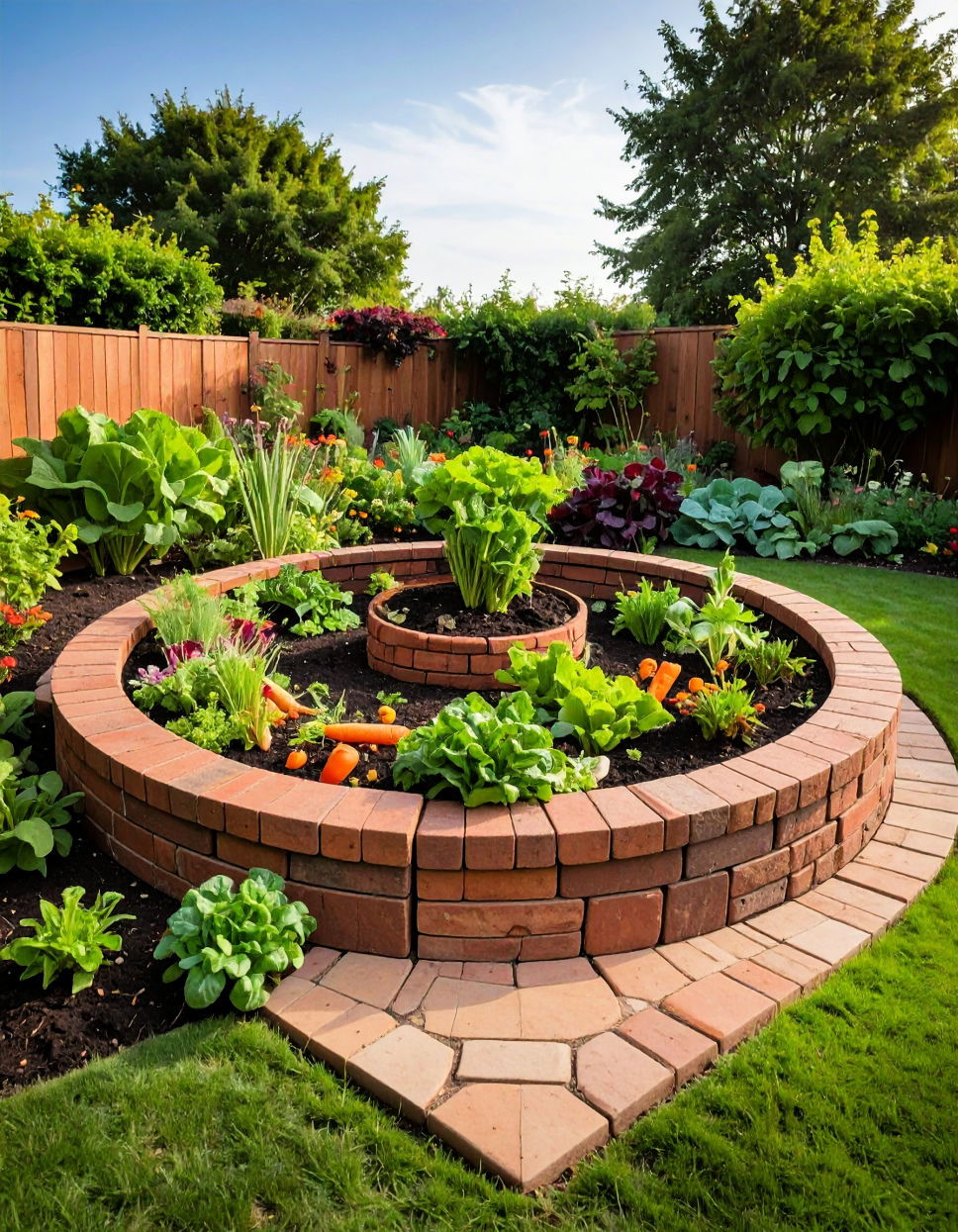
Inspired by permaculture, carve a circular raised bed with a central composting basket to feed surrounding plants. Use stones or bricks to form the outer wall, leaving a “keyhole” entry for easy tending. Each time you add kitchen scraps, nutrients seep into the bed, bolstering soil fertility. Water in the center well, and capillary action distributes moisture. This self-watering, self-fertilizing setup excels in dry climates and supports a diverse mix of vegetables. By using found stones or reclaimed bricks, you keep costs near zero. It’s a resource-efficient, low-maintenance bed that delivers vigorous growth.
23. Stacked Brick Edge Garden
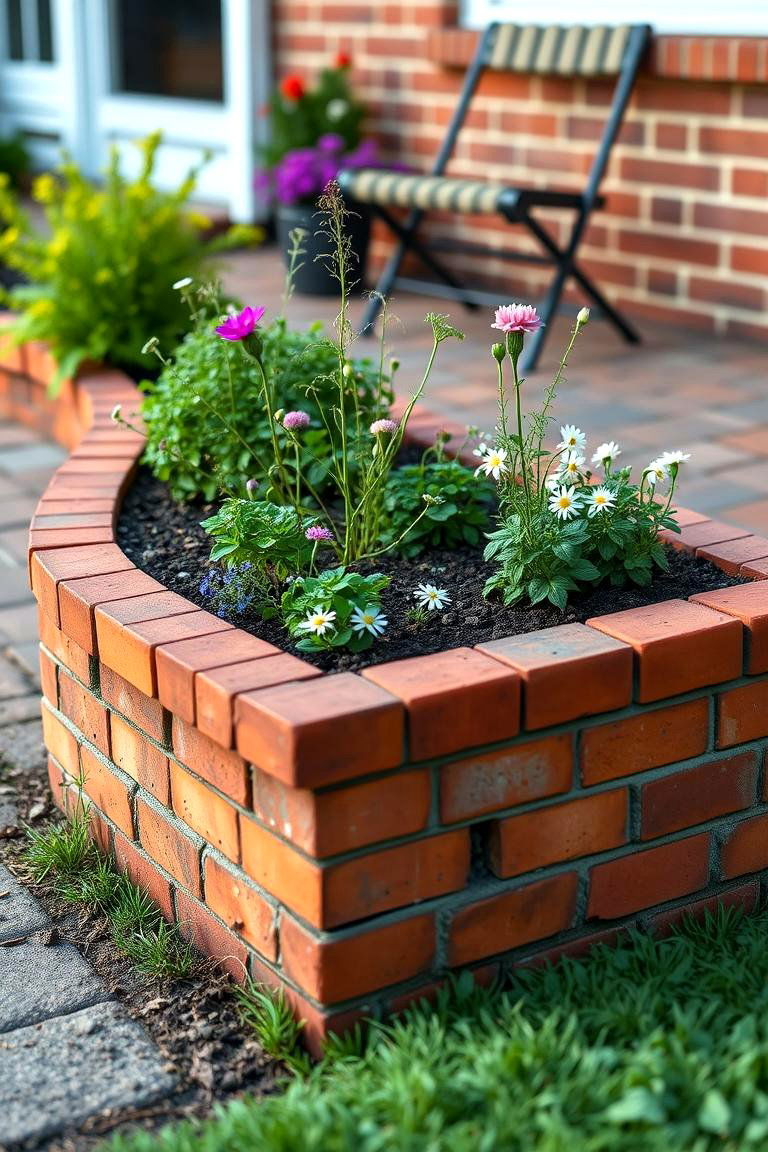
Despite its simple appearance, a single layer of bricks set on edge creates an attractive border that holds soil at a raised depth. Lay bricks end-to-end on firm ground, then backfill behind them. This shallow bed suits herbs, onions, or delicate flowers. Bricks can be sourced second-hand from demolition sites or reclaimed sales for under $0.50 each. If you need extra height, add a second course. The clean lines work well alongside patios or walkways, and you avoid the expense of custom lumber. This frugal idea offers structure, definition, and easy installation in under an hour.
24. Repurposed Drawers Planter Boxes
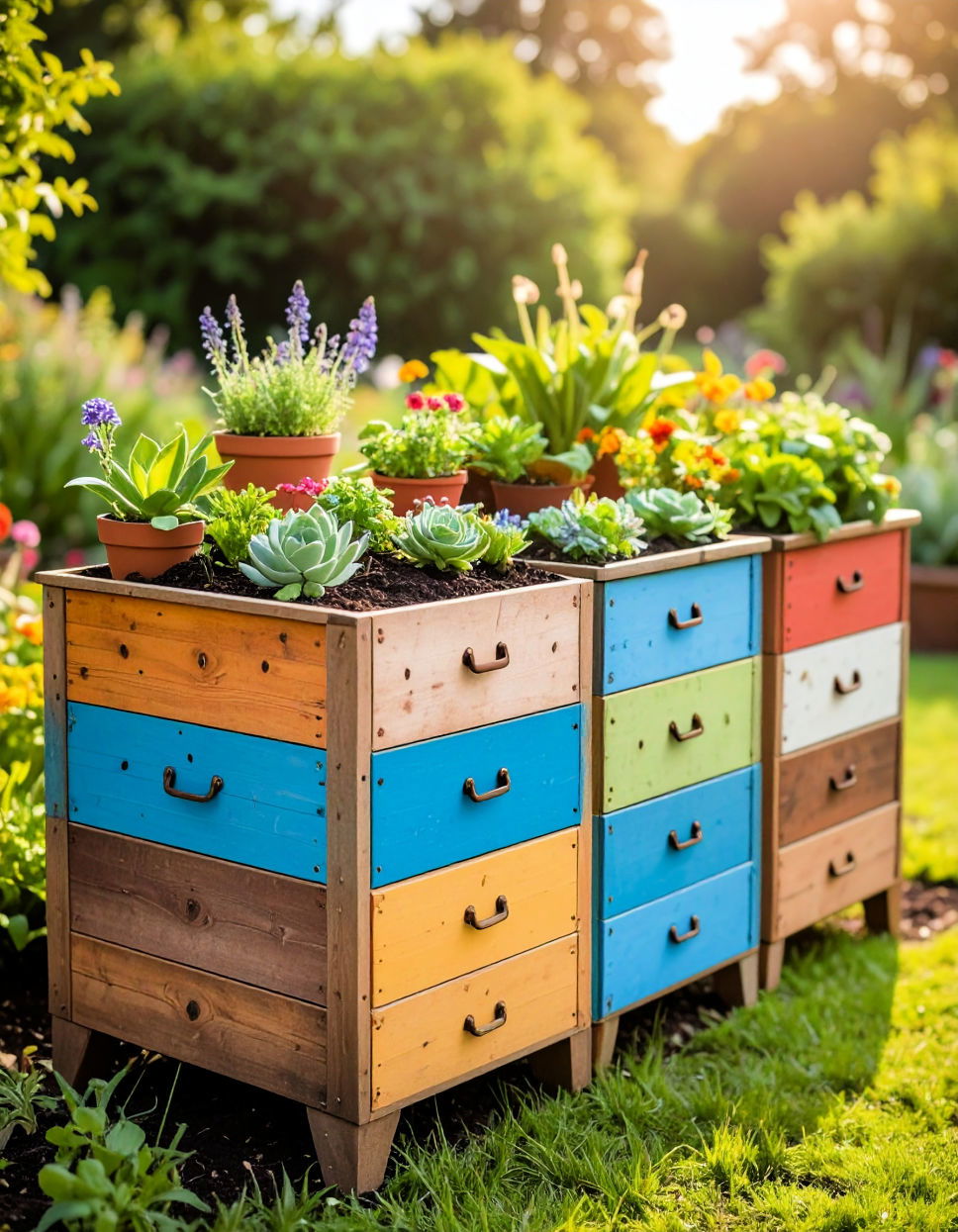
What if old dresser drawers could become charming garden beds? Simply remove hardware, drill drainage holes, and seal with exterior paint. Group drawers of varying sizes on level ground, stacking or arranging them in playful patterns. Each drawer holds individual plants or flower combinations, allowing you to curate mini-displays. The shallow depth encourages compact root growth—ideal for succulents, lettuce, or annual blooms. Since drawers are often free from thrift stores, your only cost is paint. This whimsical, upcycled approach showcases your personality and makes weeding or replanting a clear, contained task.
25. DIY Wicking Bed System

For efficient water use, build a wicking bed by adding a reservoir beneath your raised frame: lay down pond liner, create an inlet pipe, then layer gravel and geotextile cloth before adding soil on top. Water stored below moves up through capillary action, keeping roots consistently moist without daily watering. This method suits drought-prone regions or gardeners aiming to conserve resources. Use reclaimed boards to form the frame, and install an overflow outlet to prevent overfilling. Though it takes more initial effort, your wicking bed pays dividends in reduced water bills and healthier, happier plants.
Conclusion:
Nurturing a vibrant garden doesn’t require extravagant spending—just a bit of ingenuity and resourcefulness. From humble pallets and old tires to recycled bricks and fabric bags, these 25 inexpensive raised garden bed ideas illustrate how everyday items can become thriving plant habitats. By choosing the approach that aligns with your space, climate, and aesthetic preferences, you’ll enjoy enhanced yields, easier maintenance, and a garden that reflects your creativity. Embrace these cost-effective solutions to grow more with less, and let your raised bed adventures spark continuous inspiration in your outdoor oasis of 25 Inexpensive Raised Garden Bed Ideas.


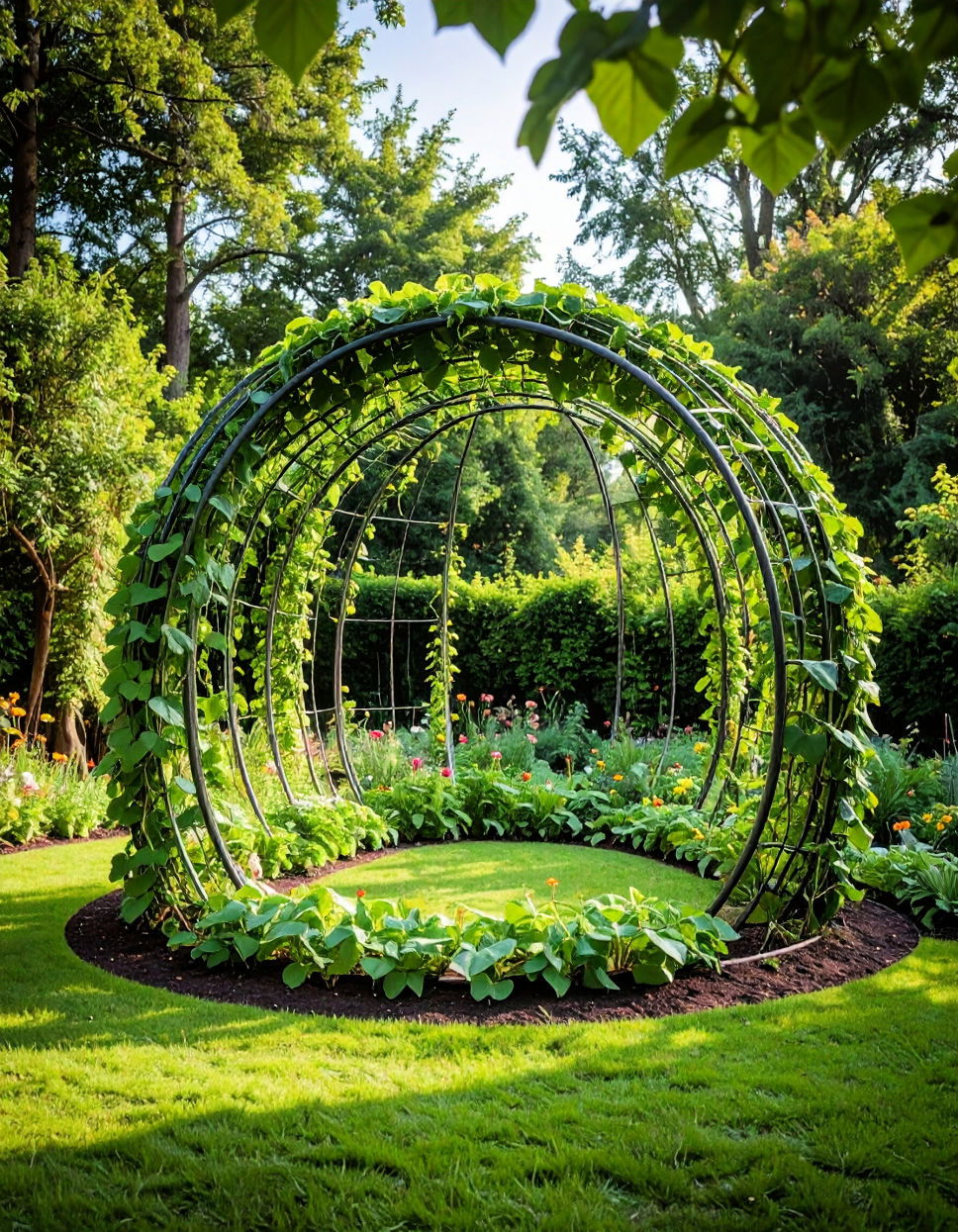
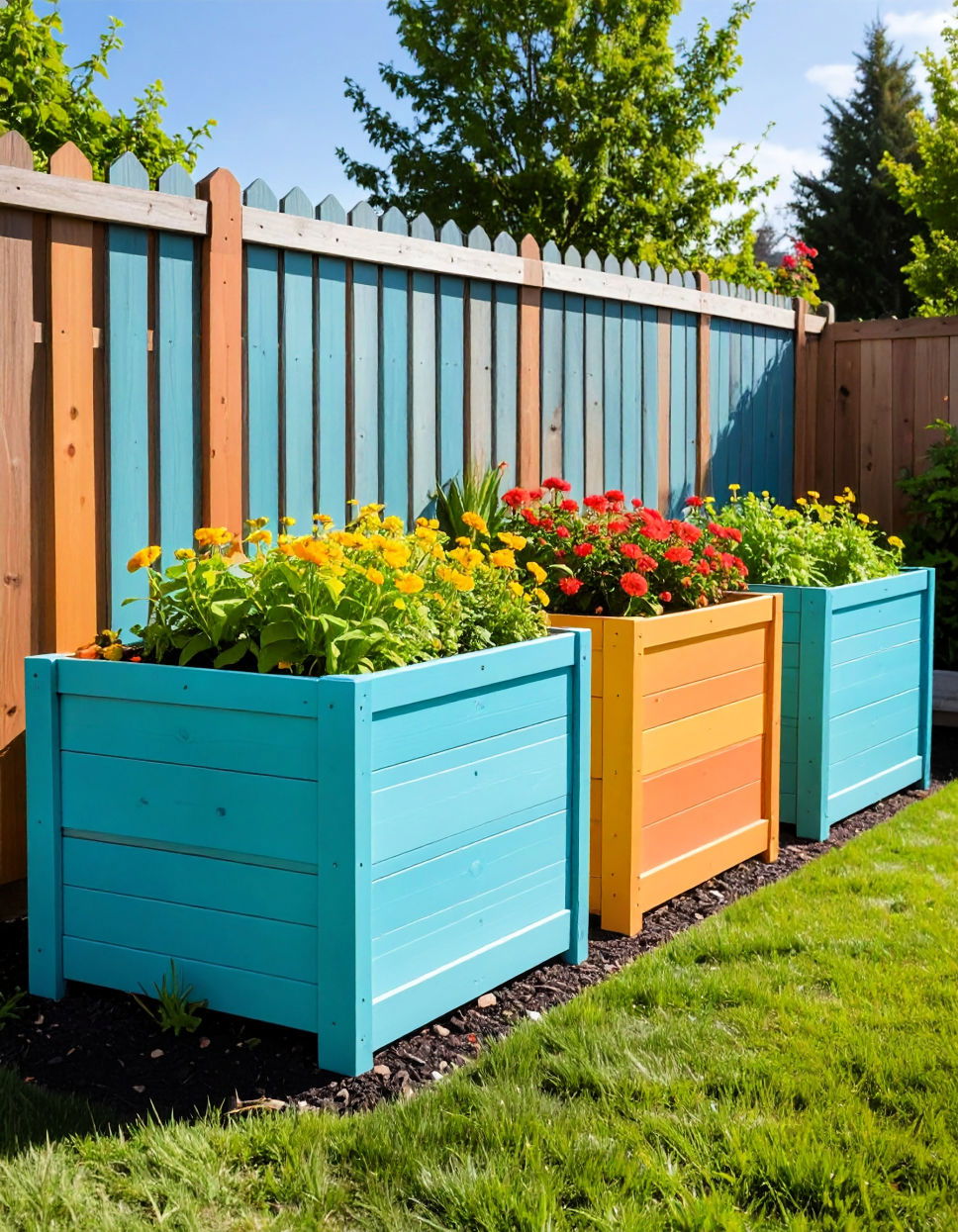

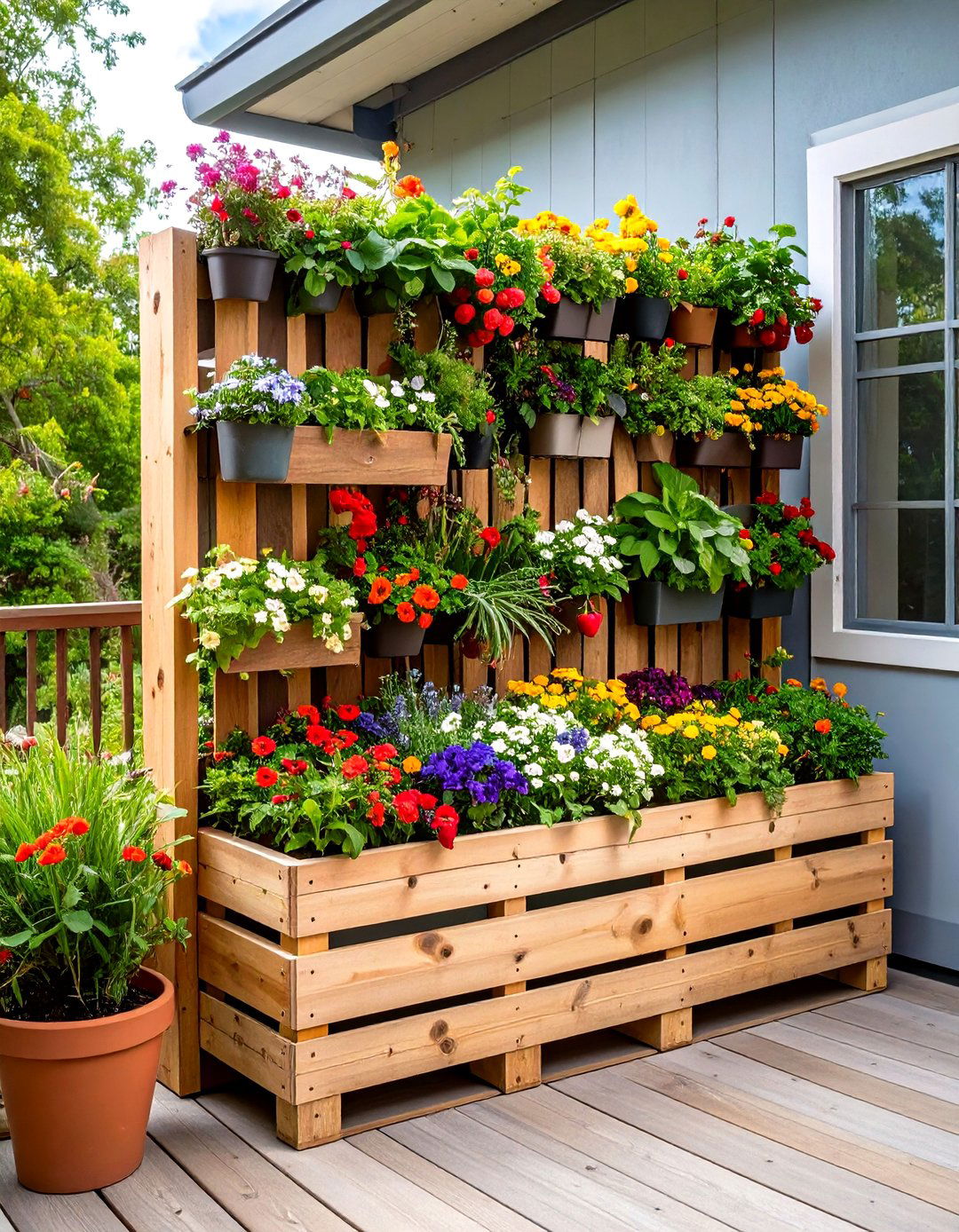
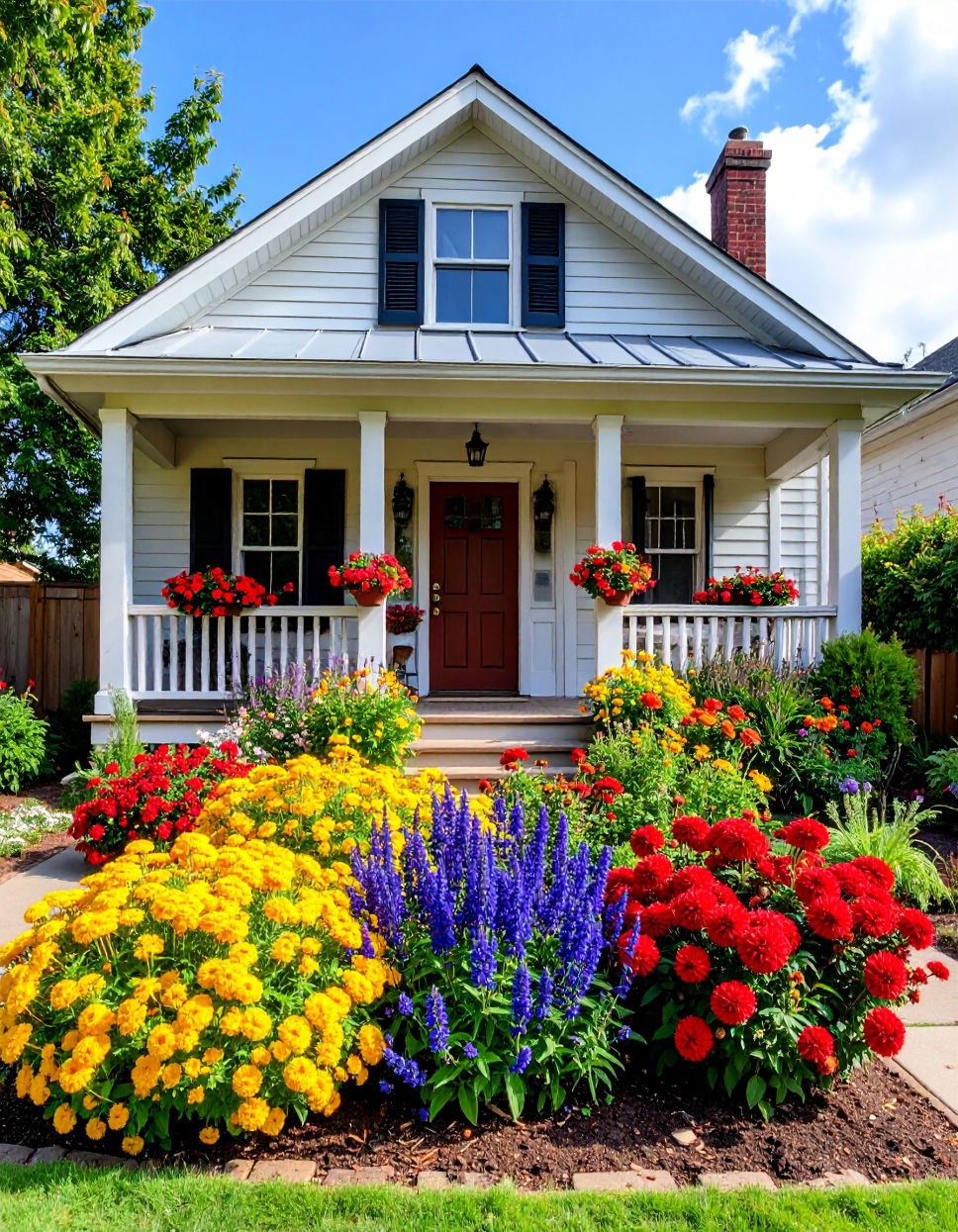
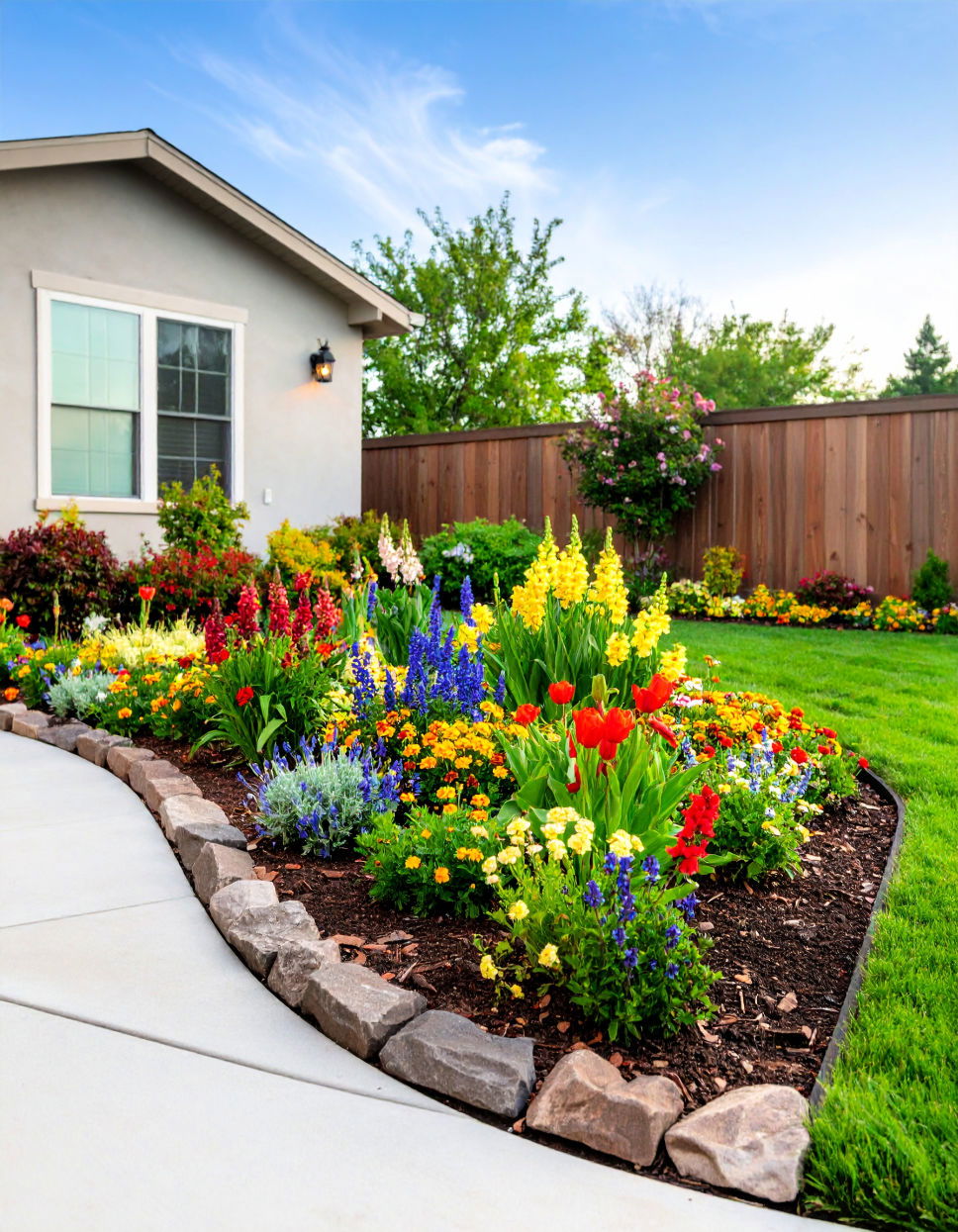
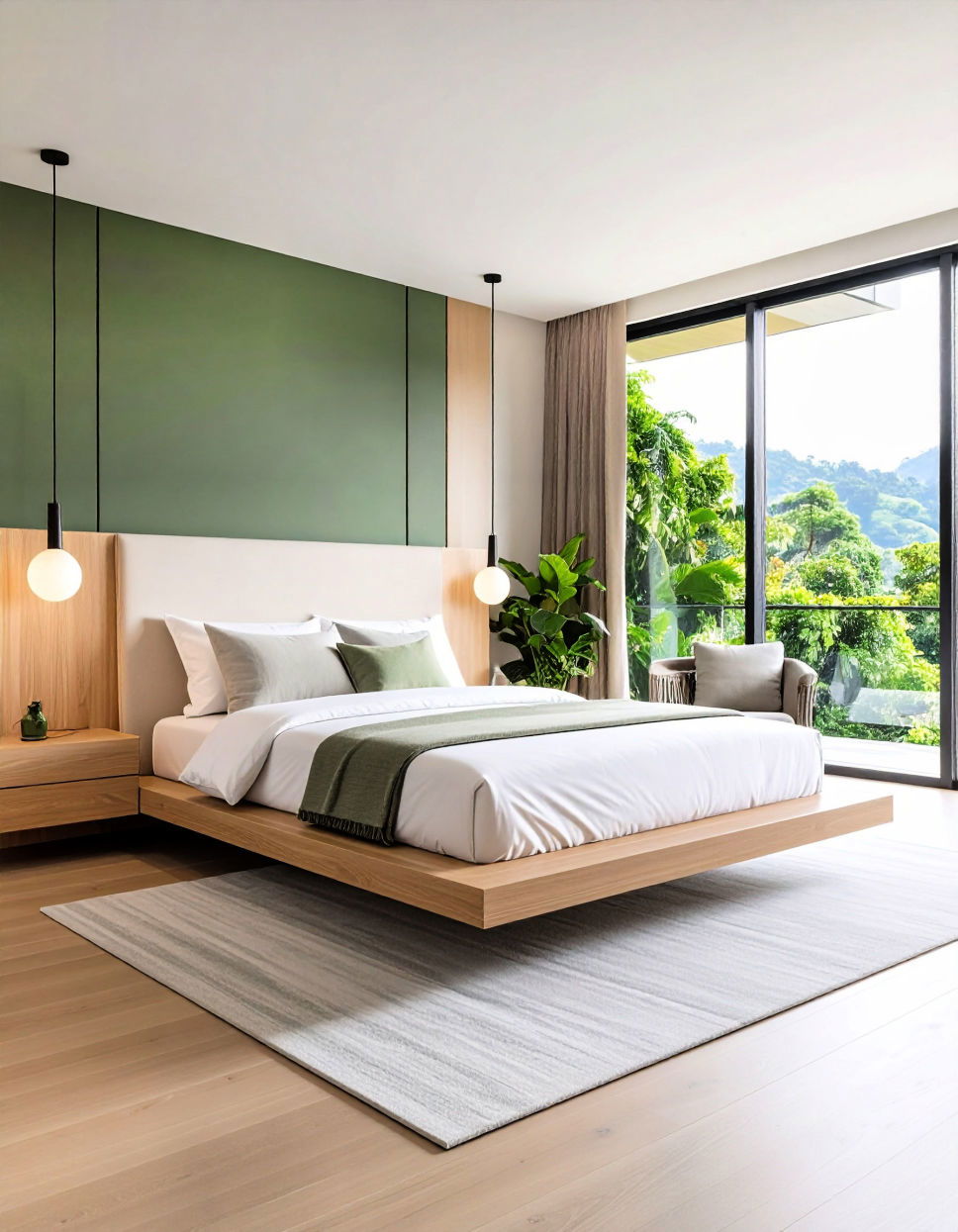
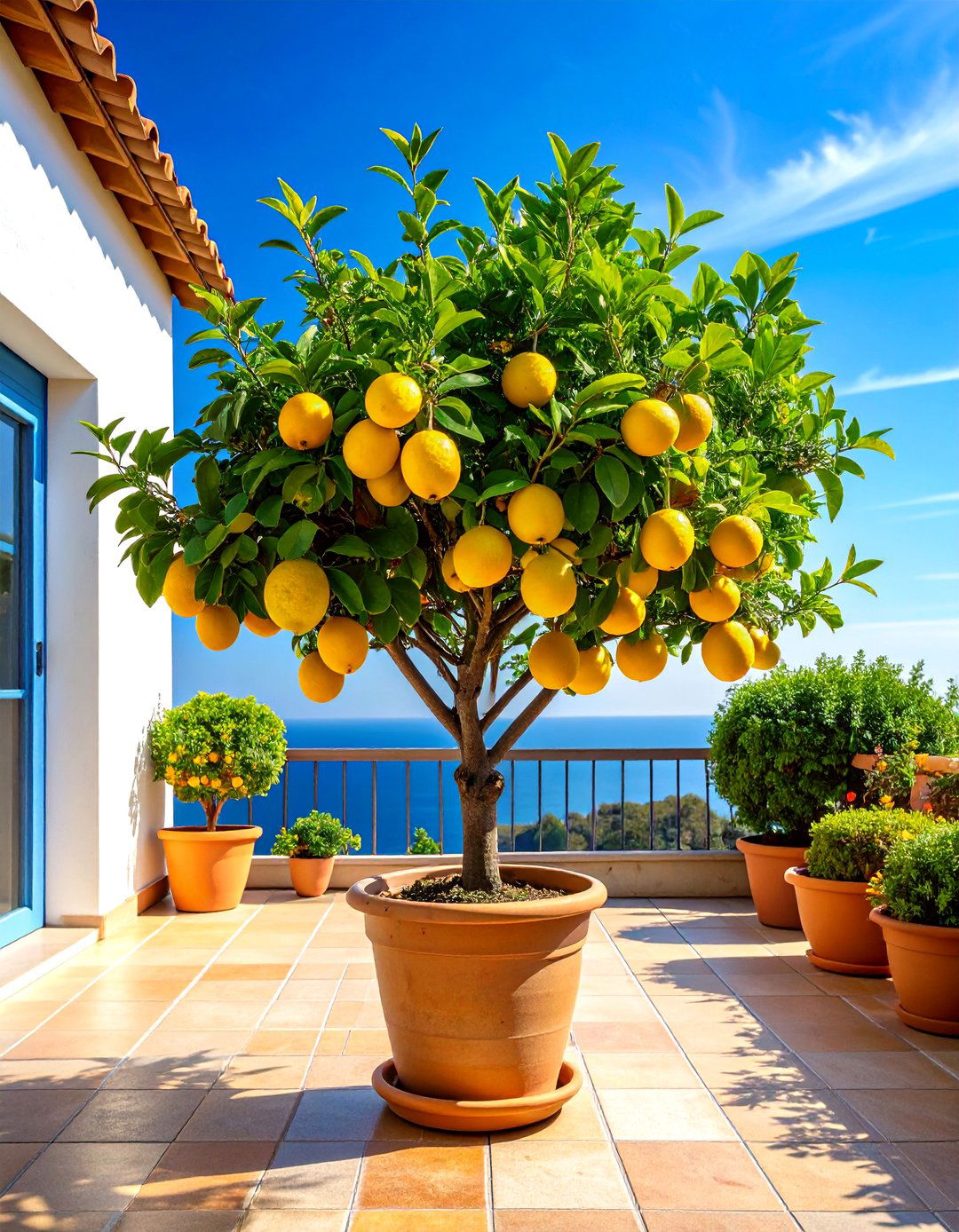
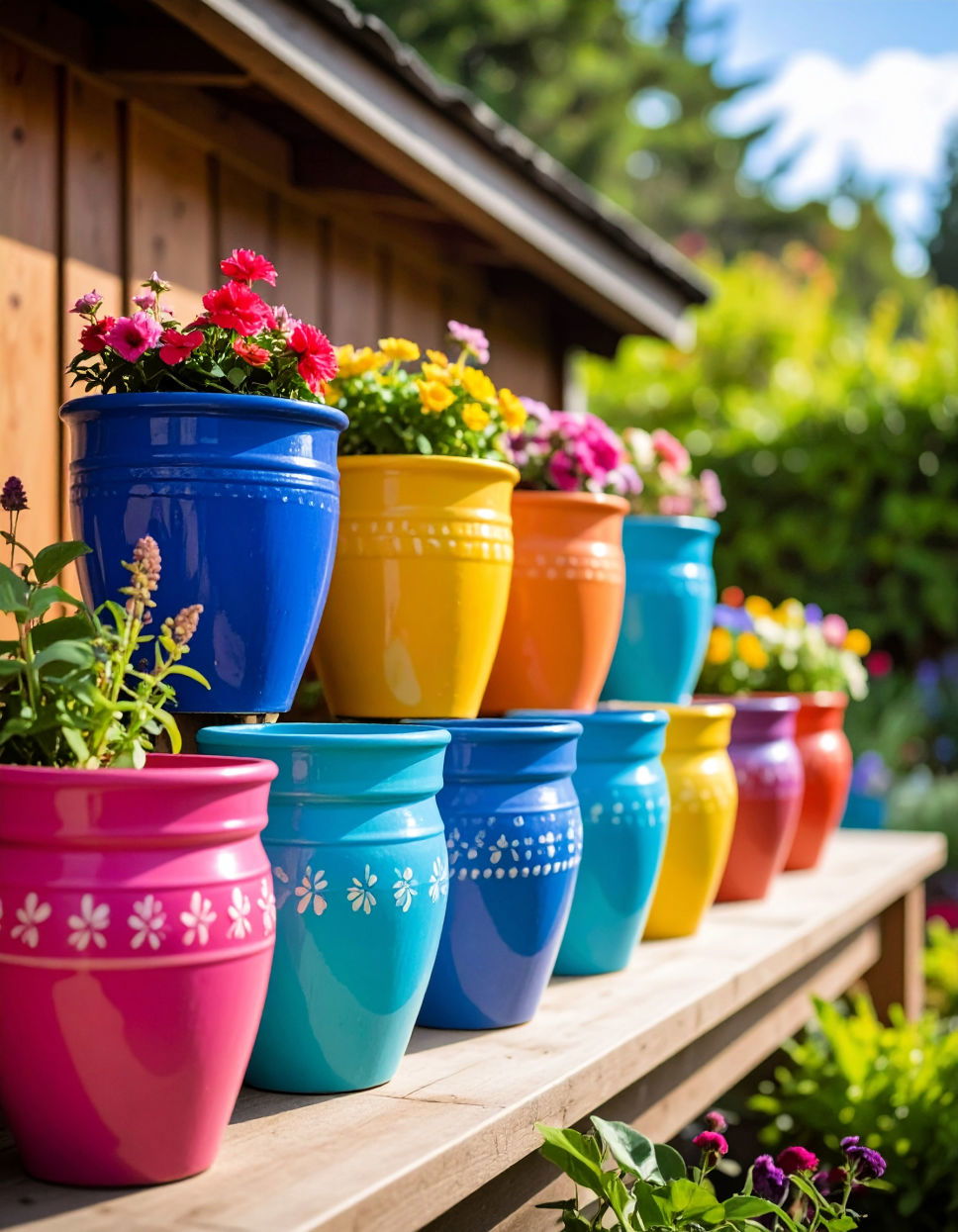

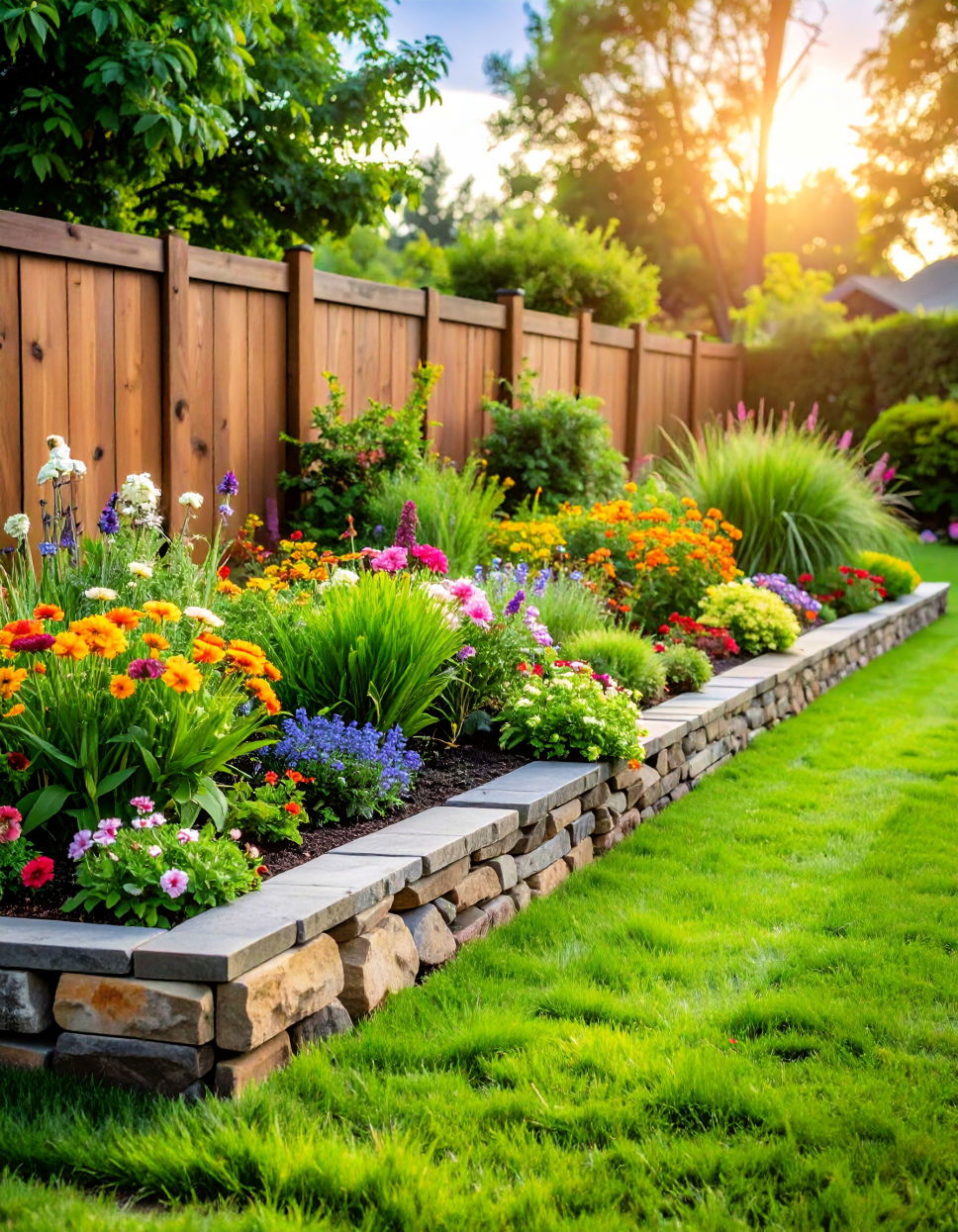
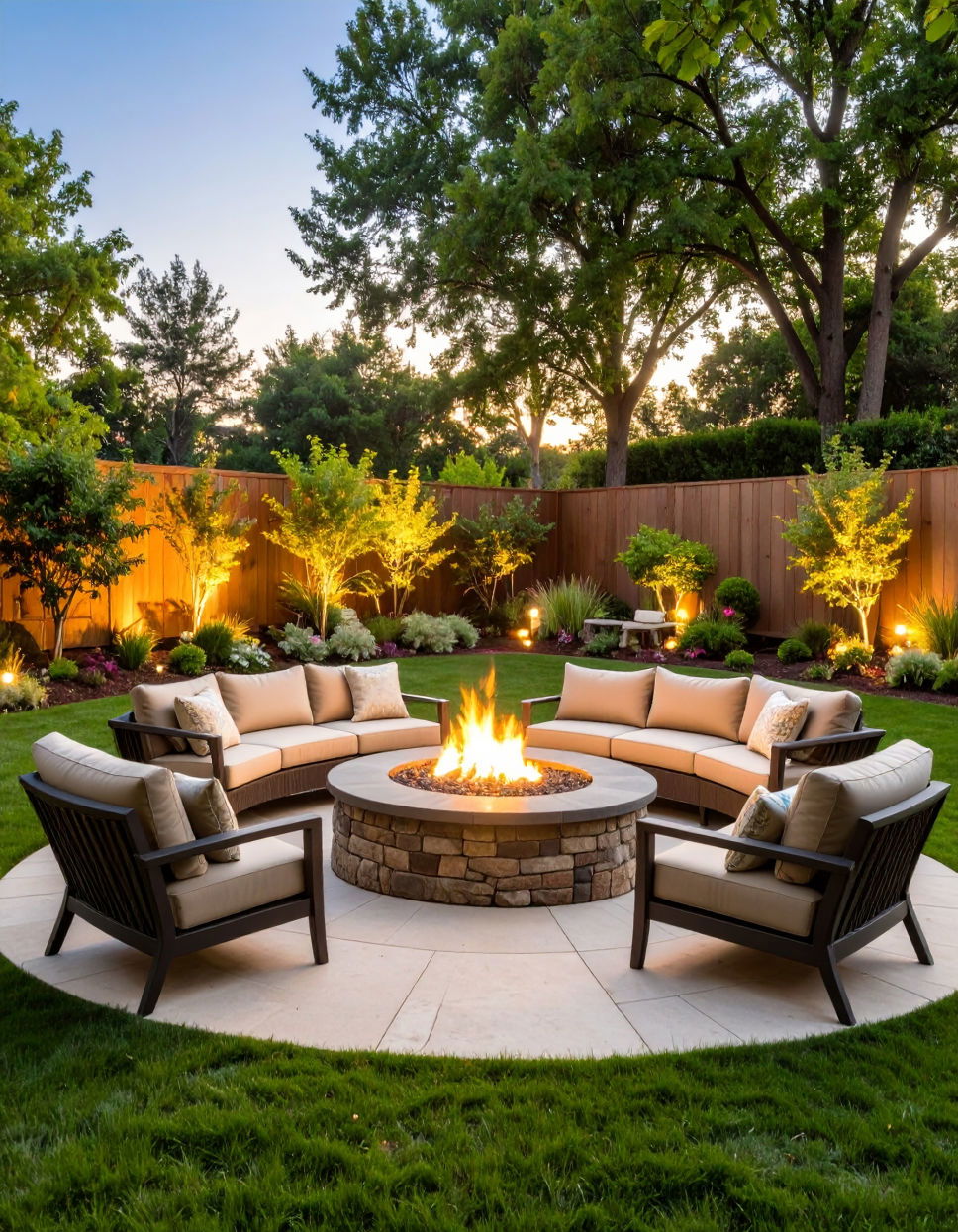


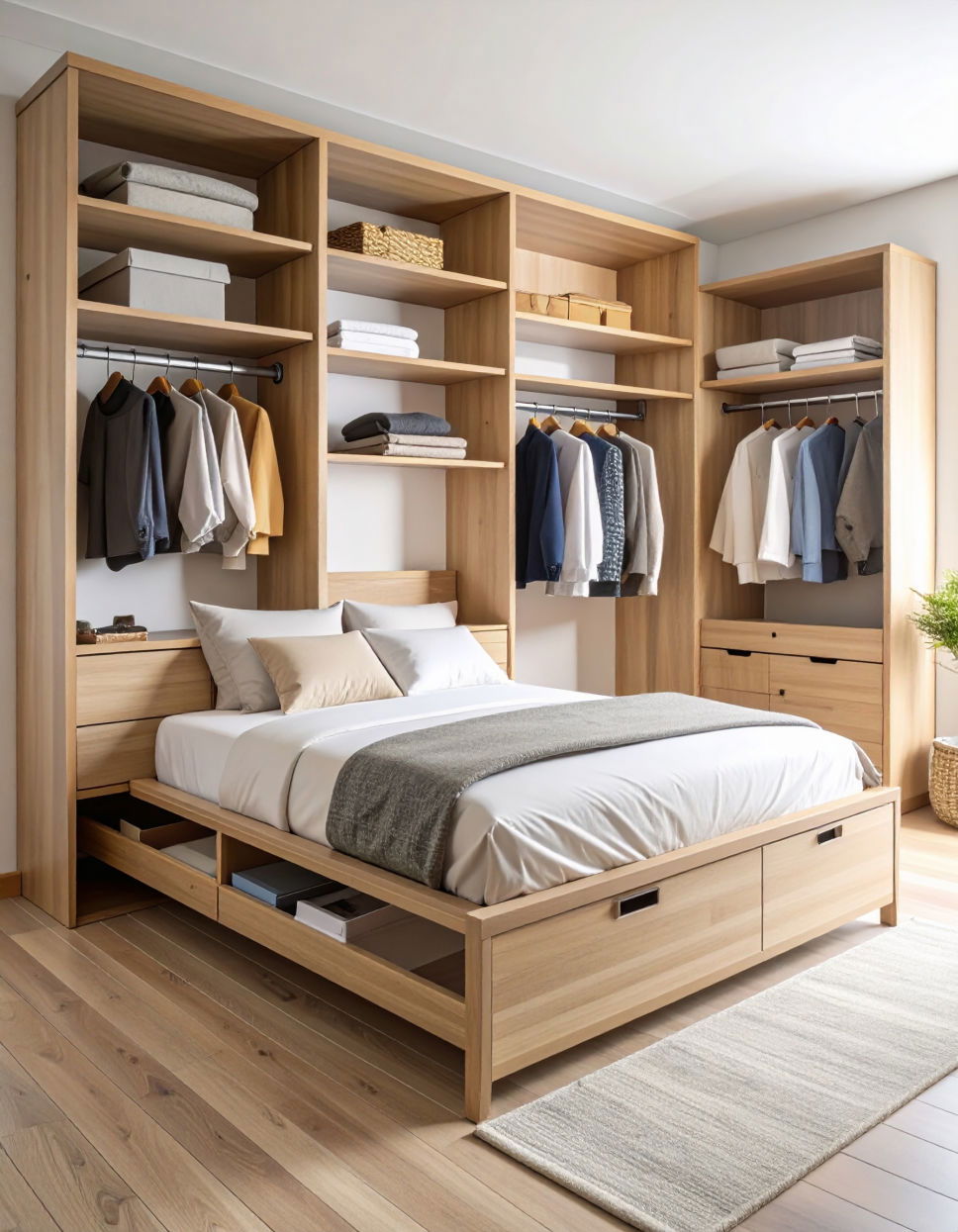
Leave a Reply